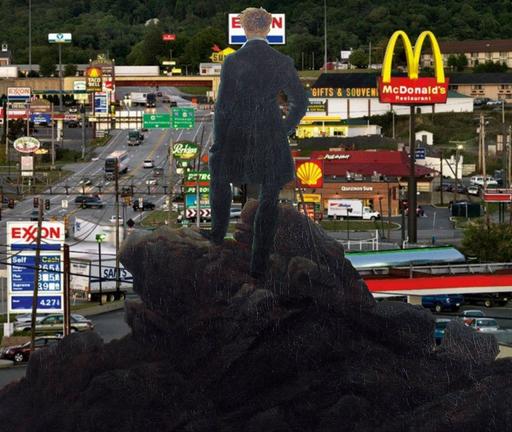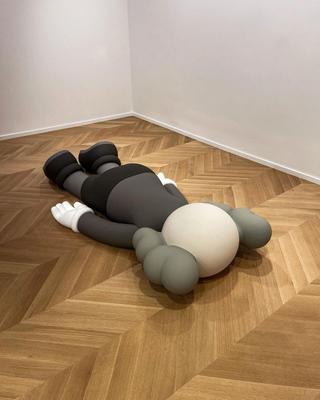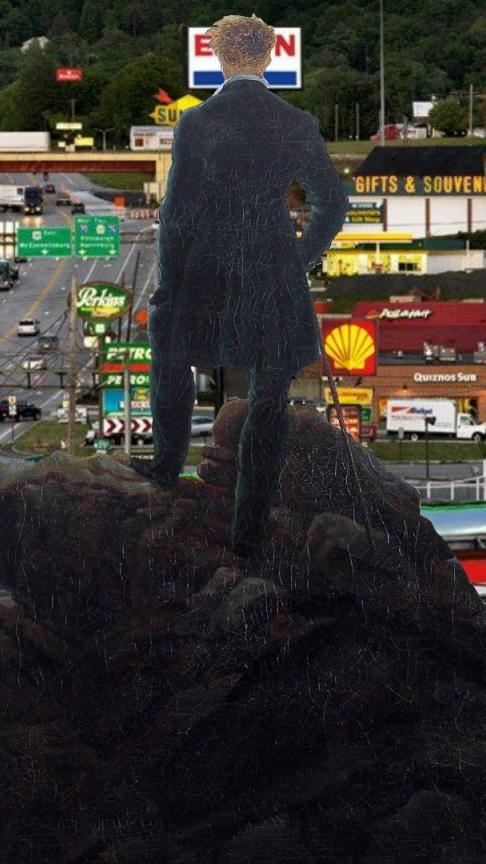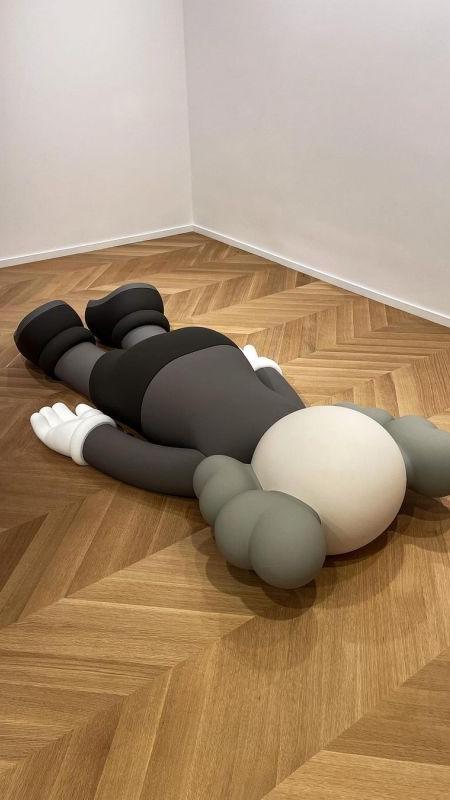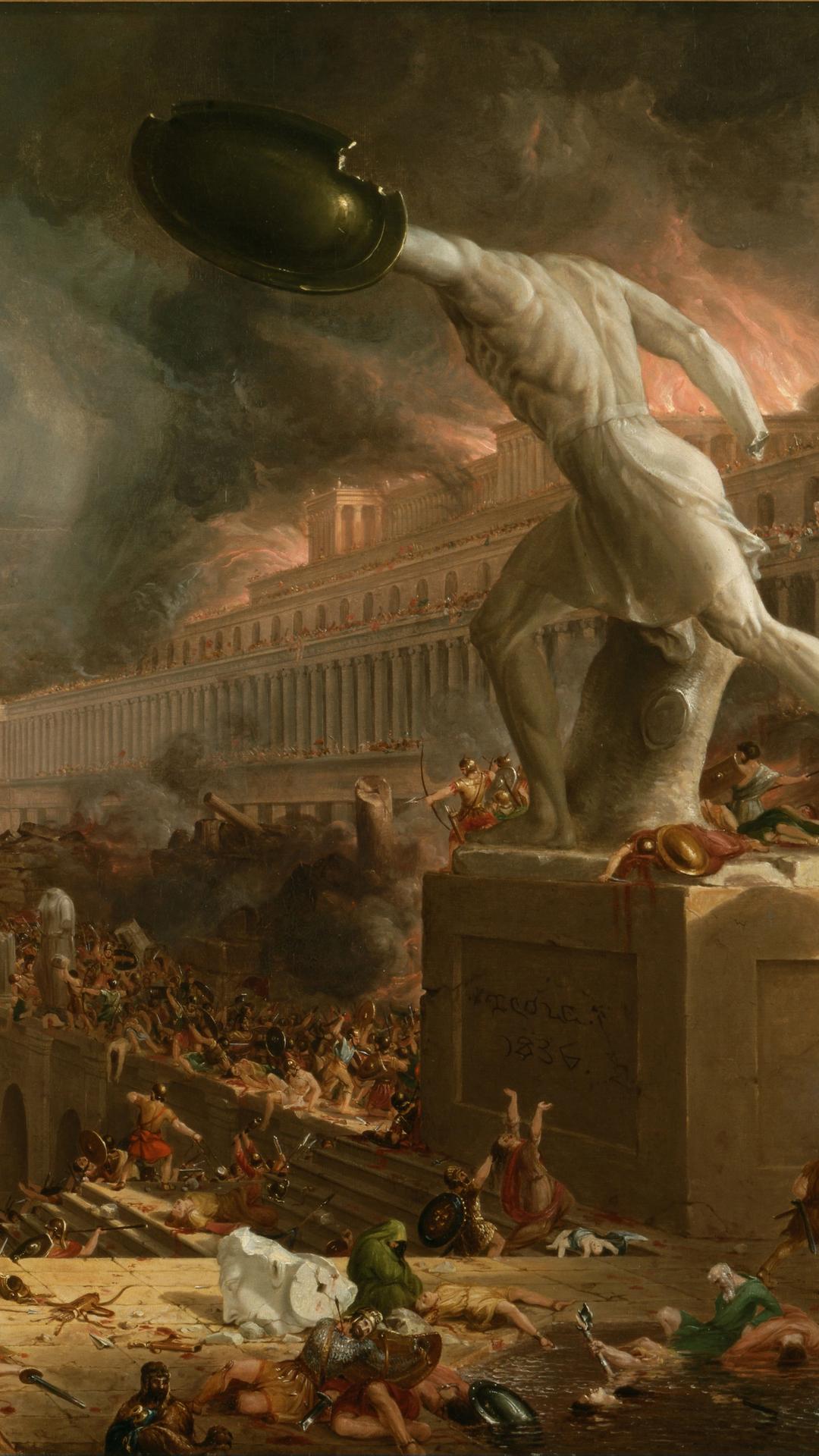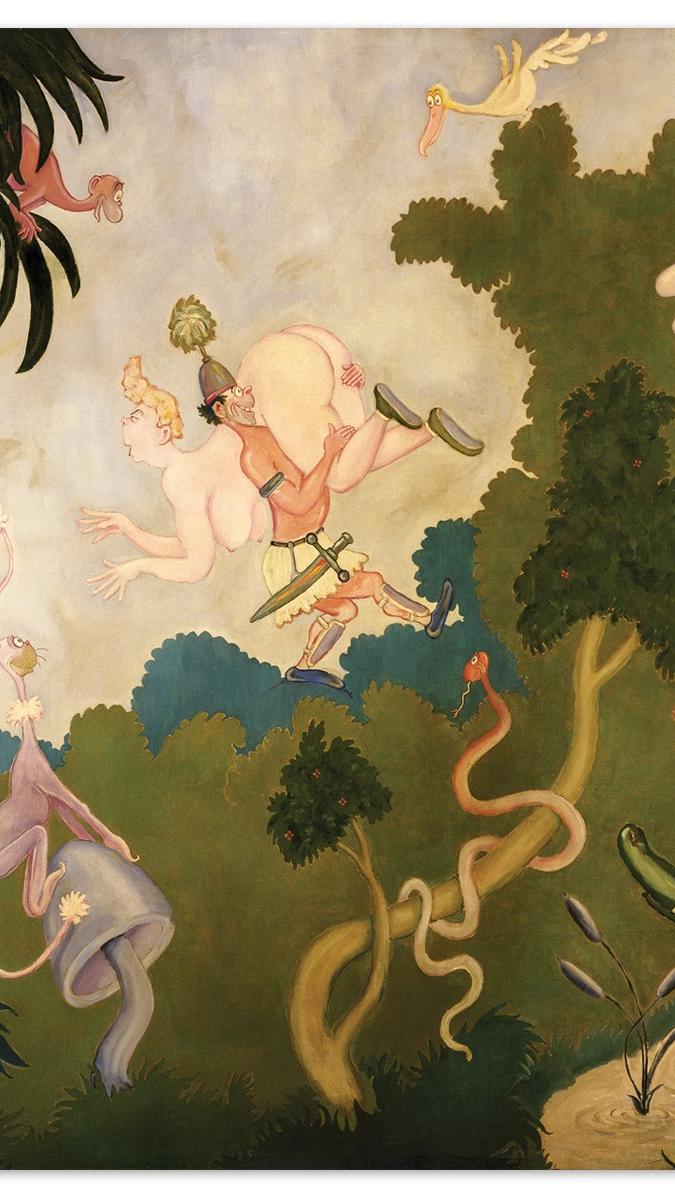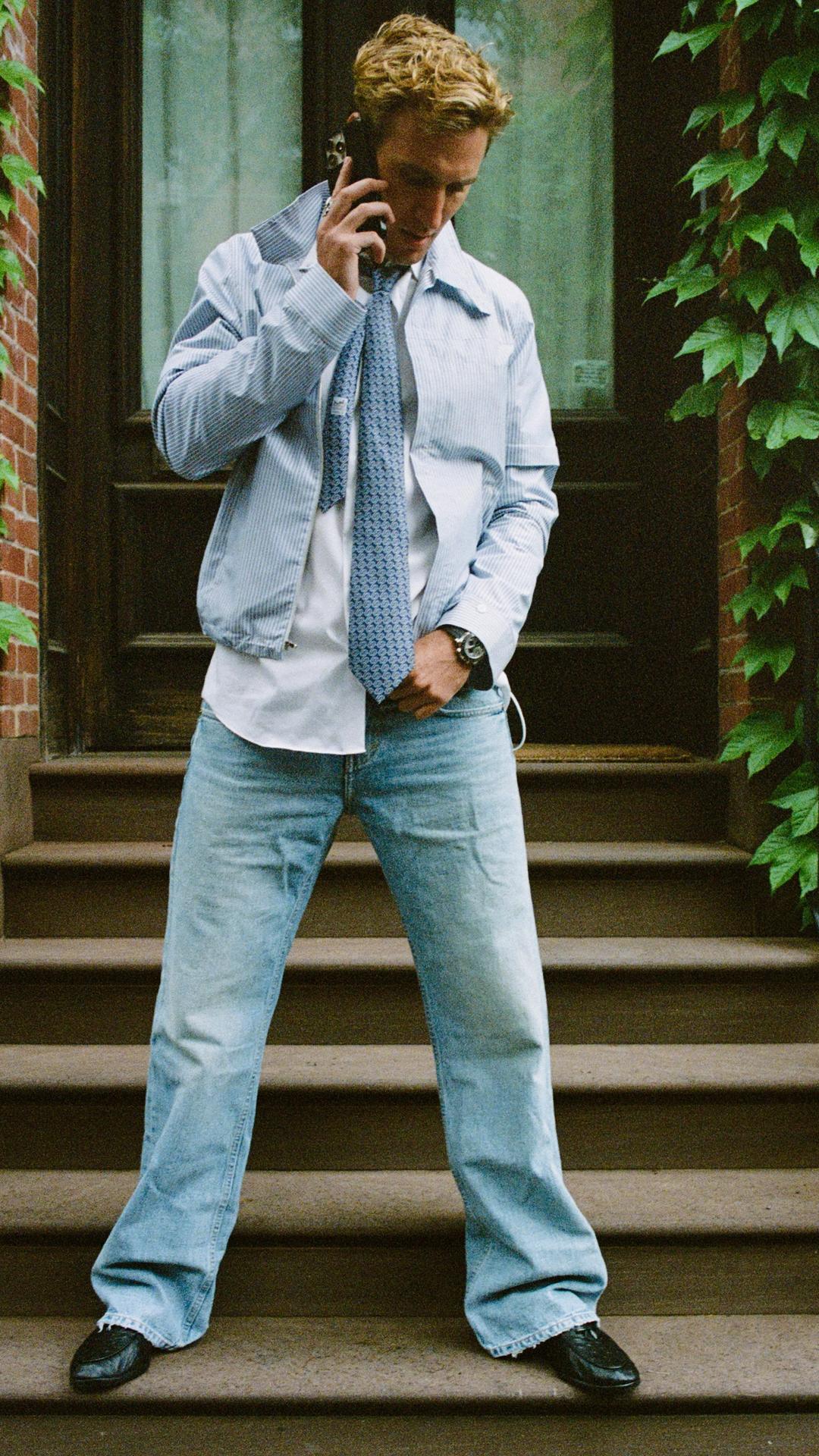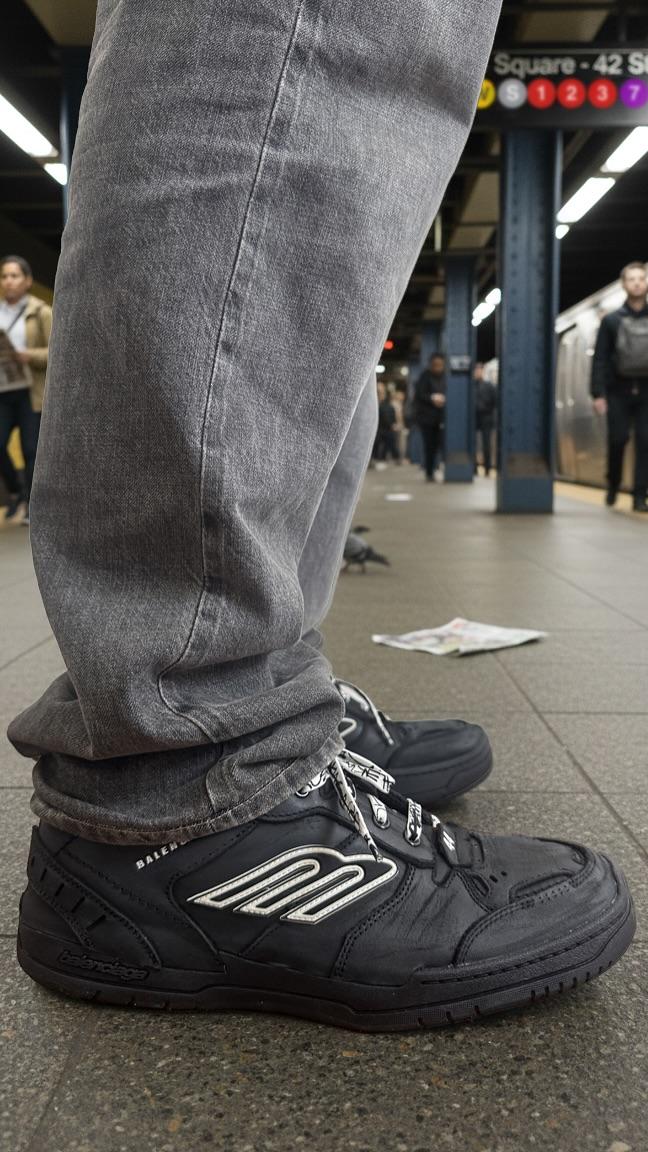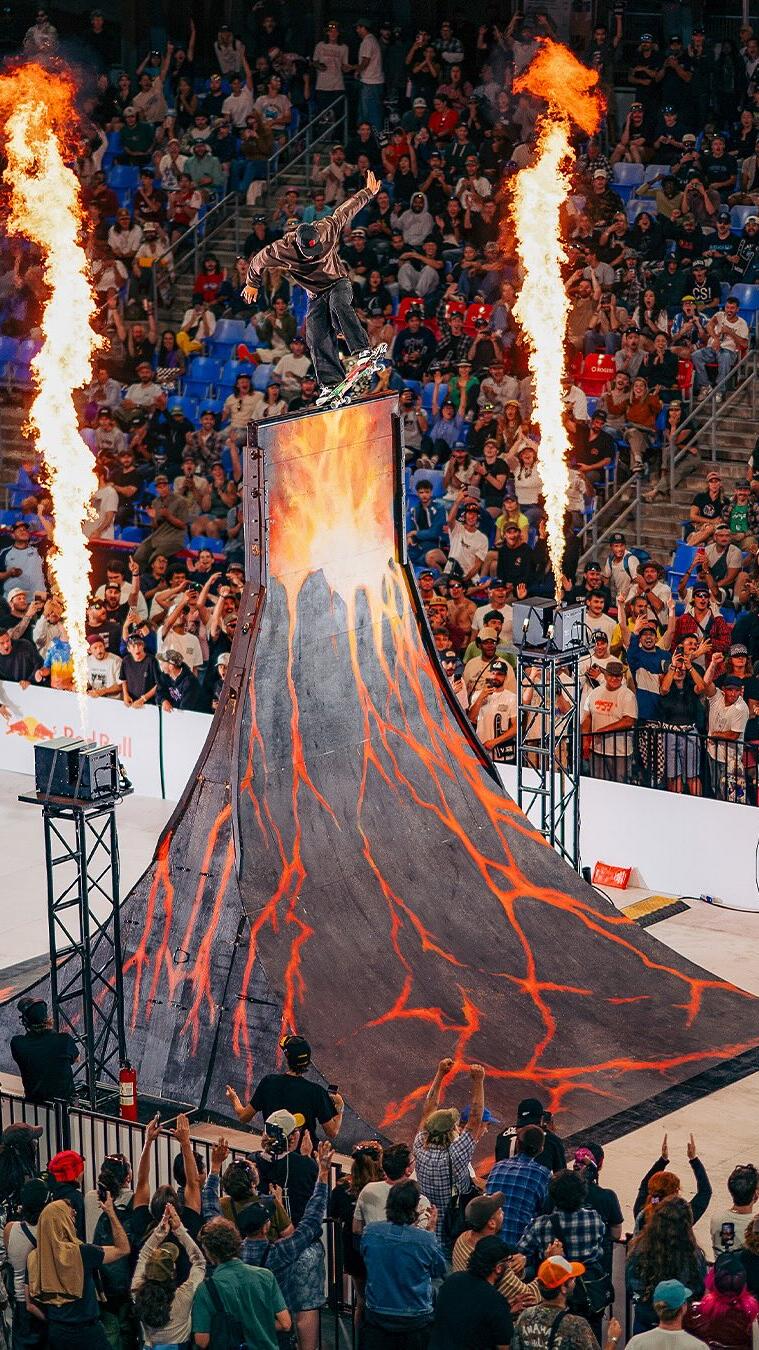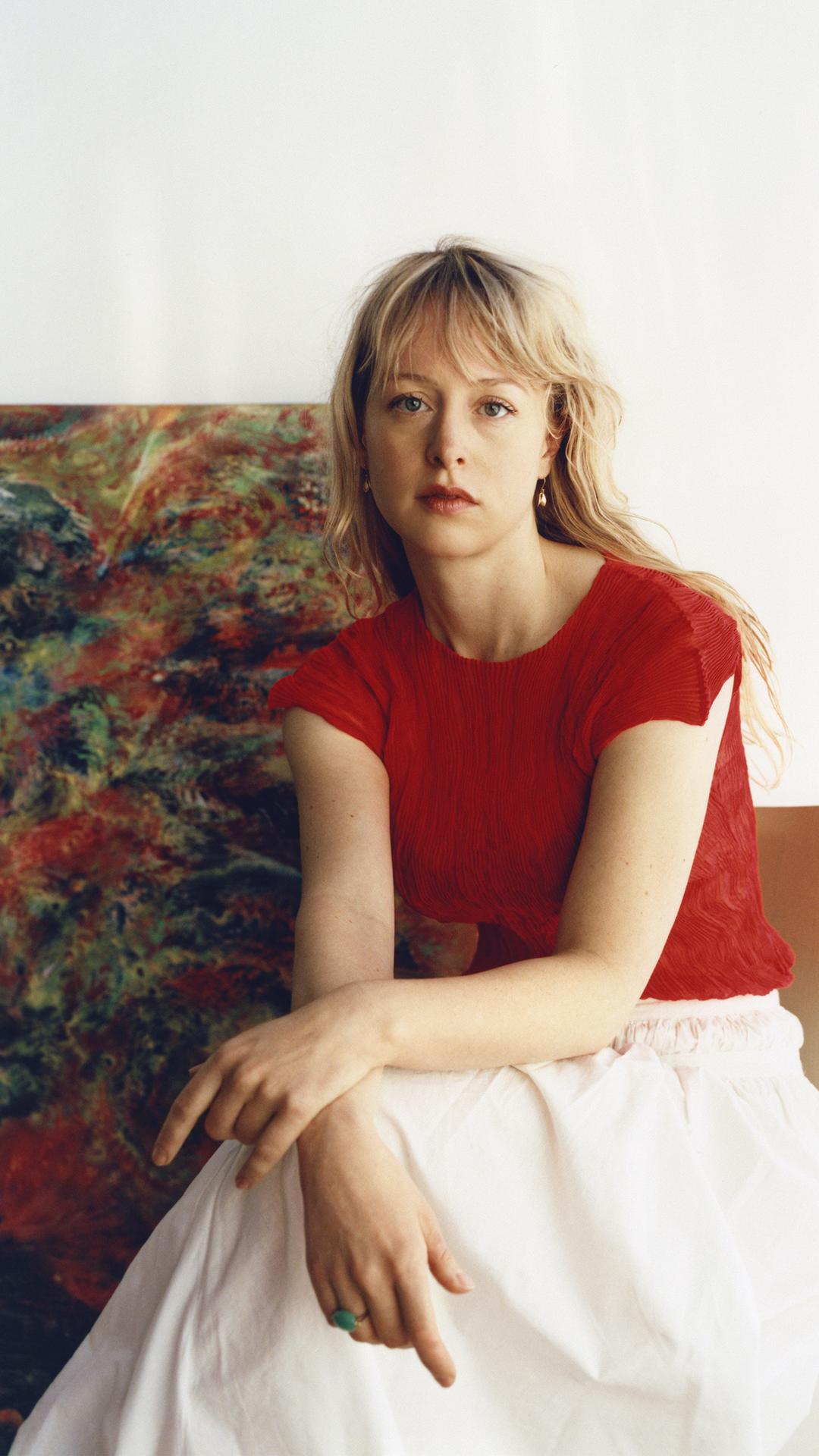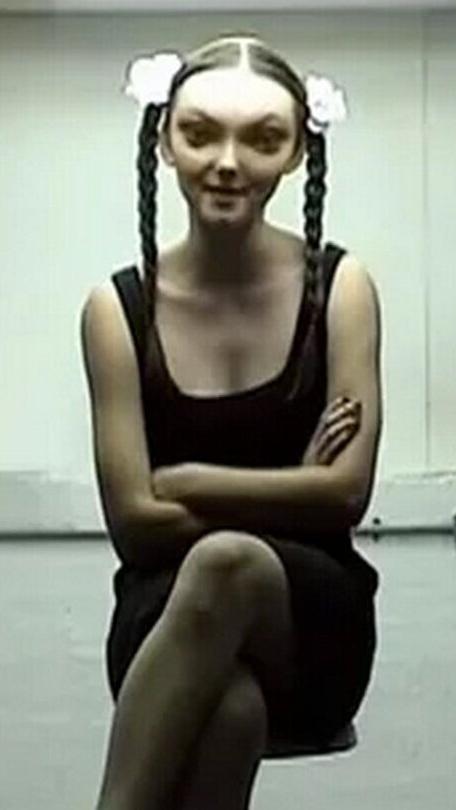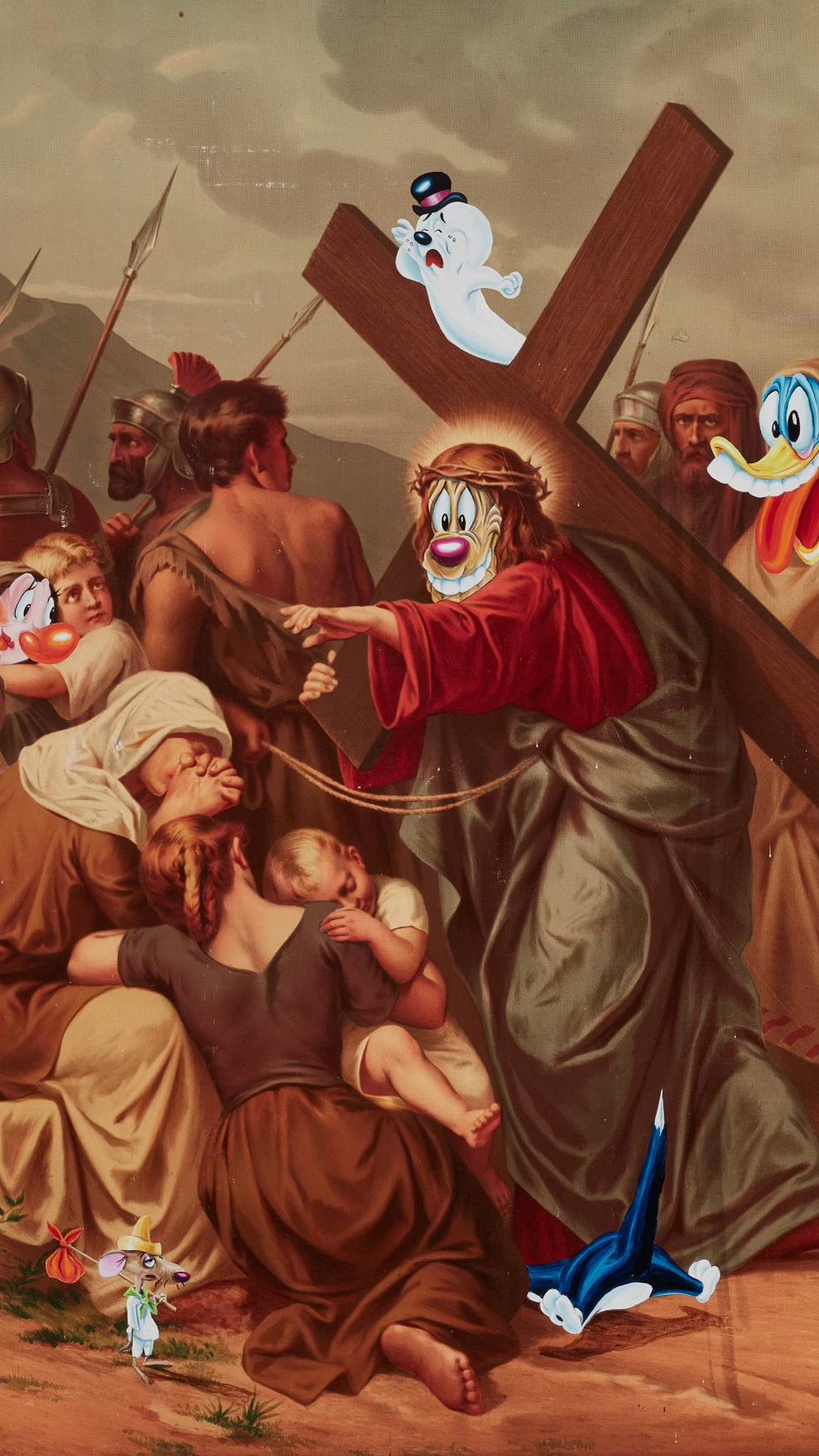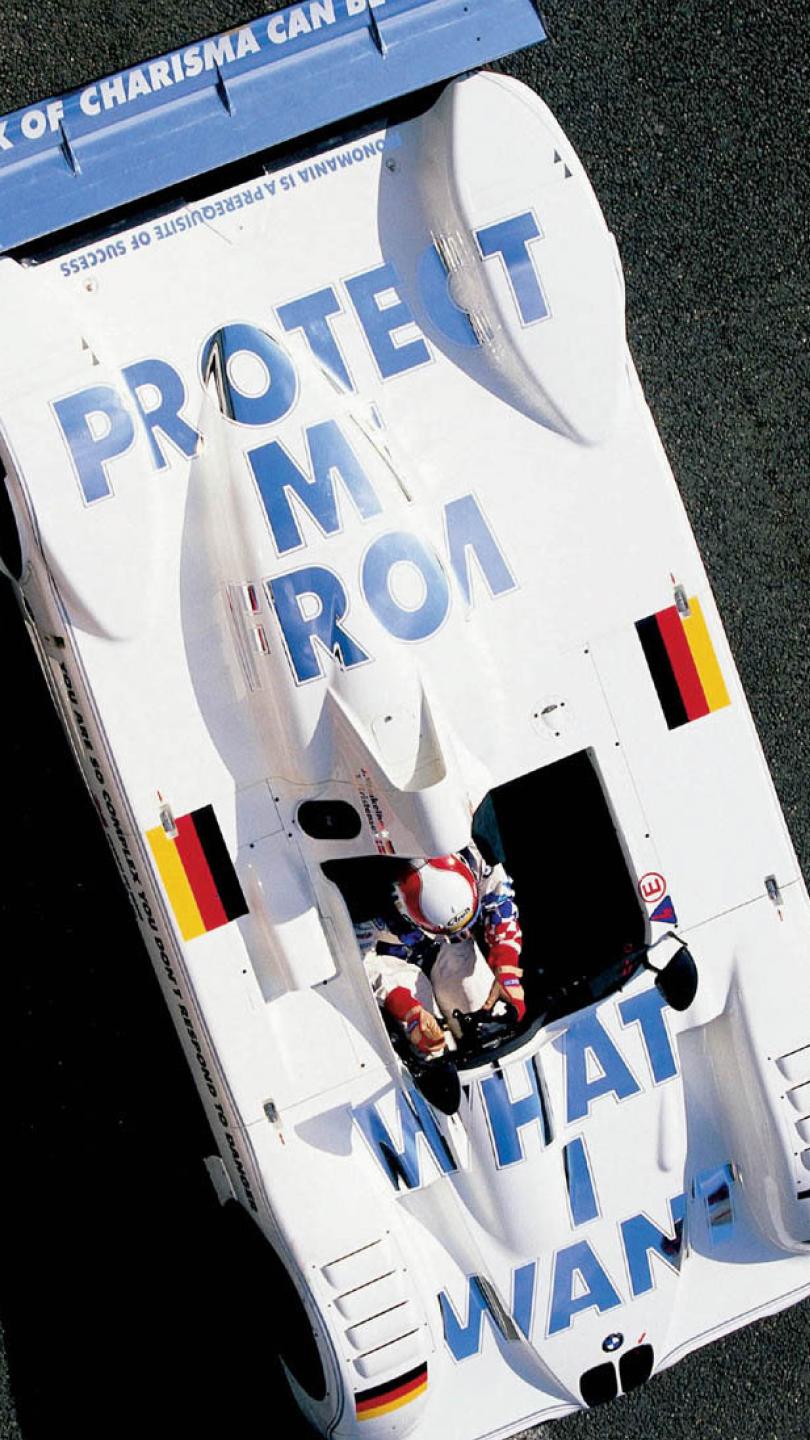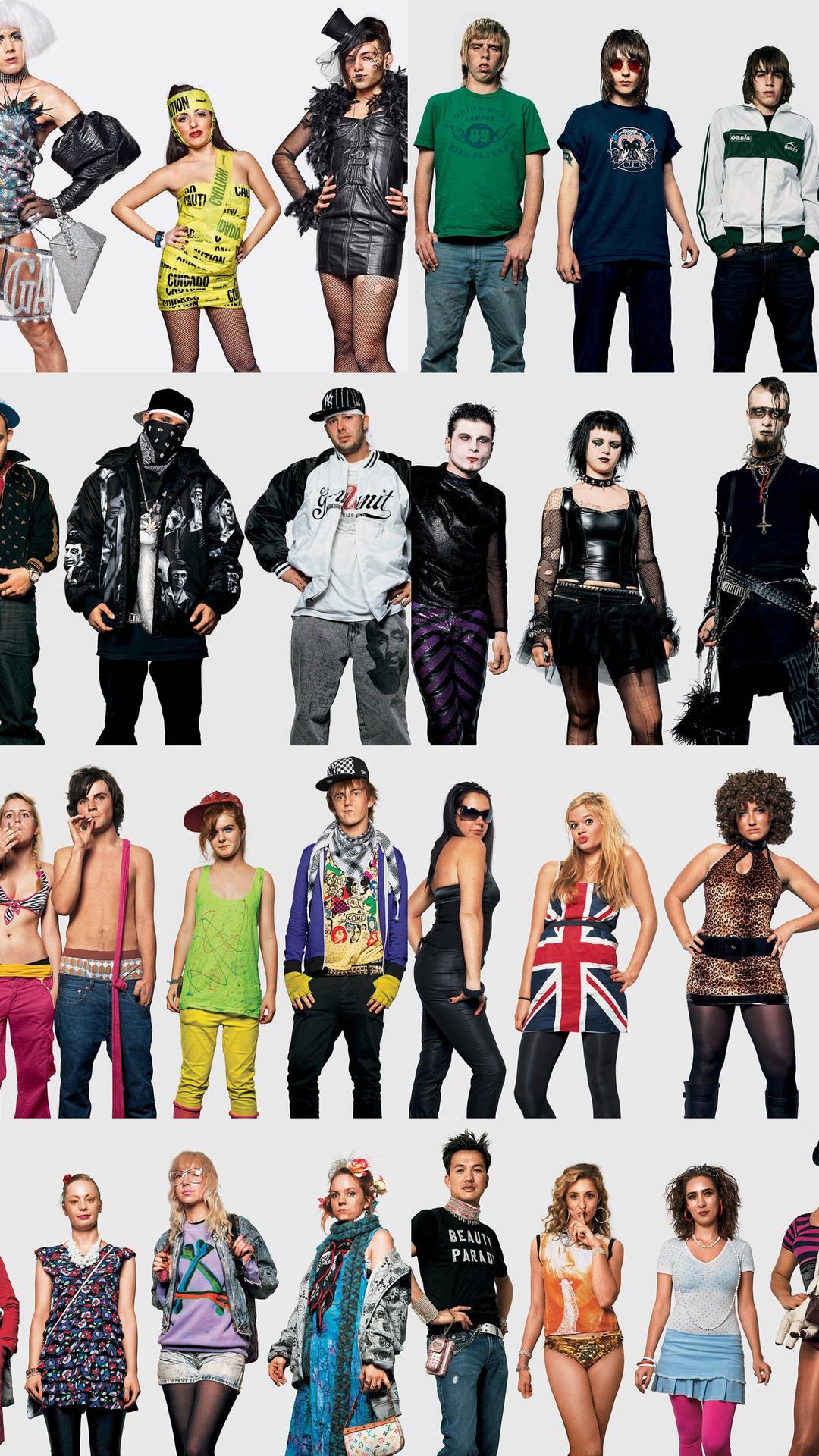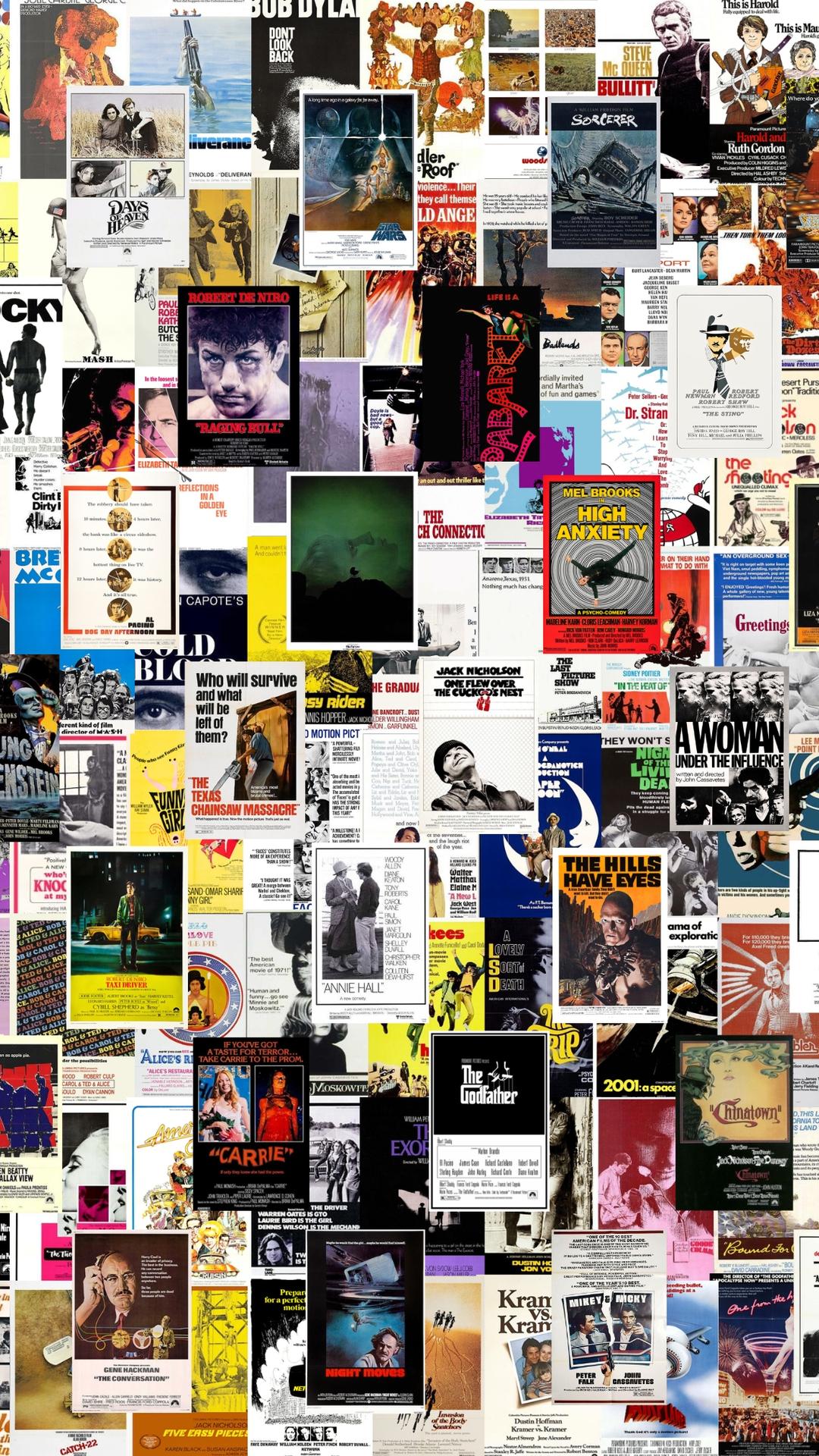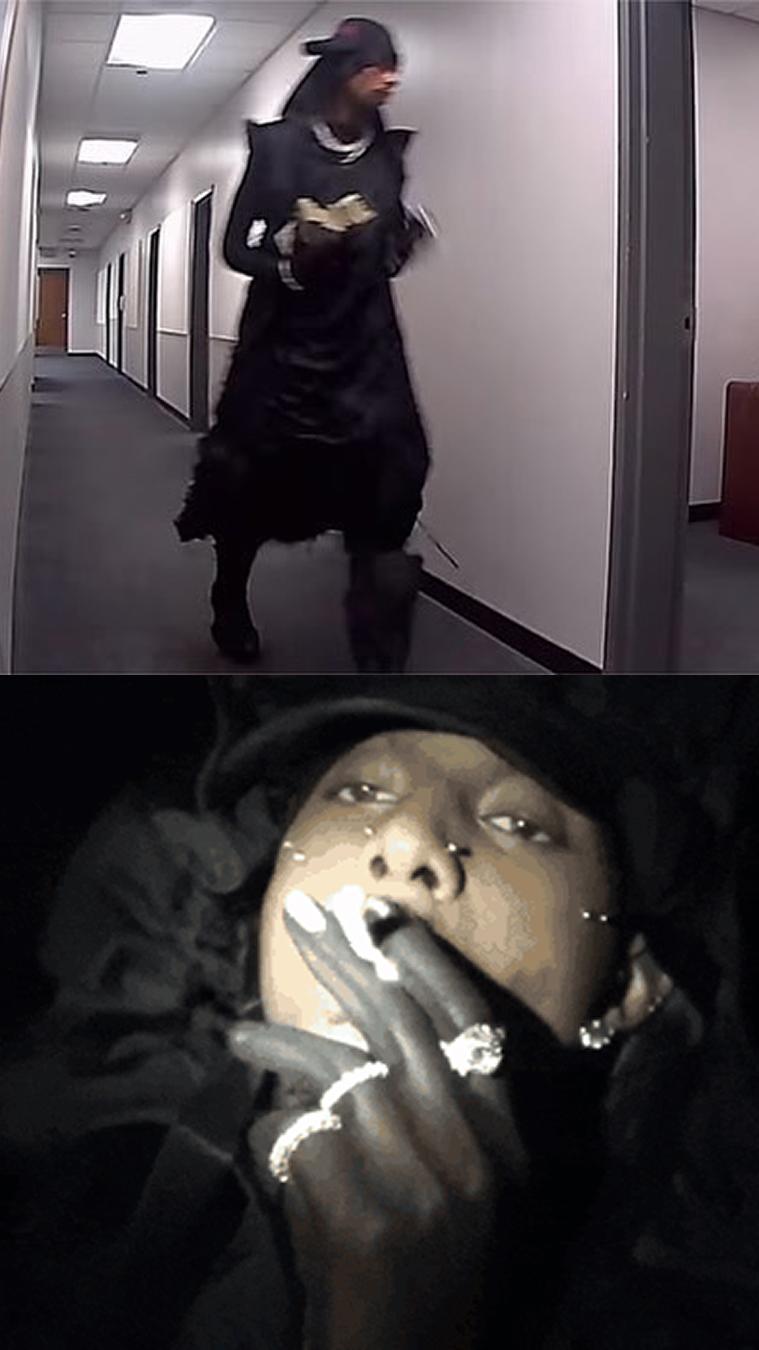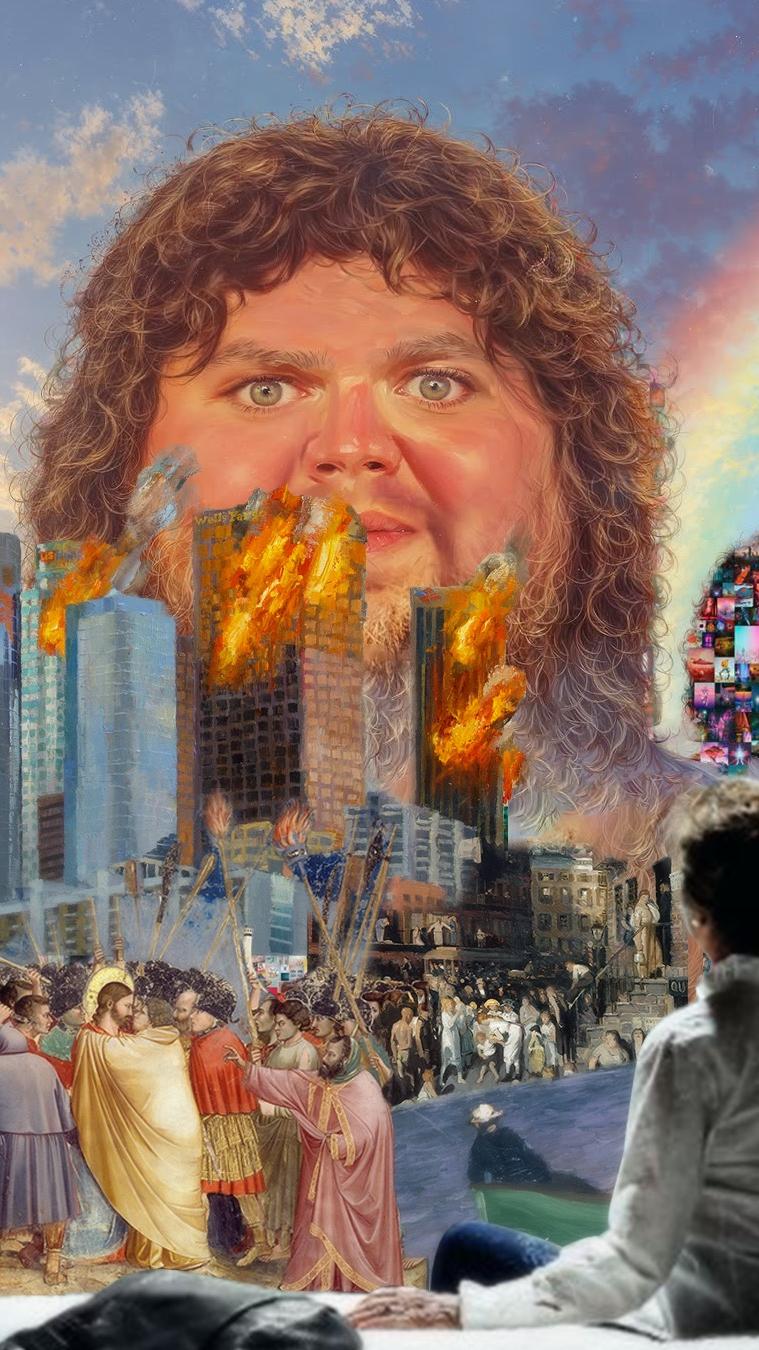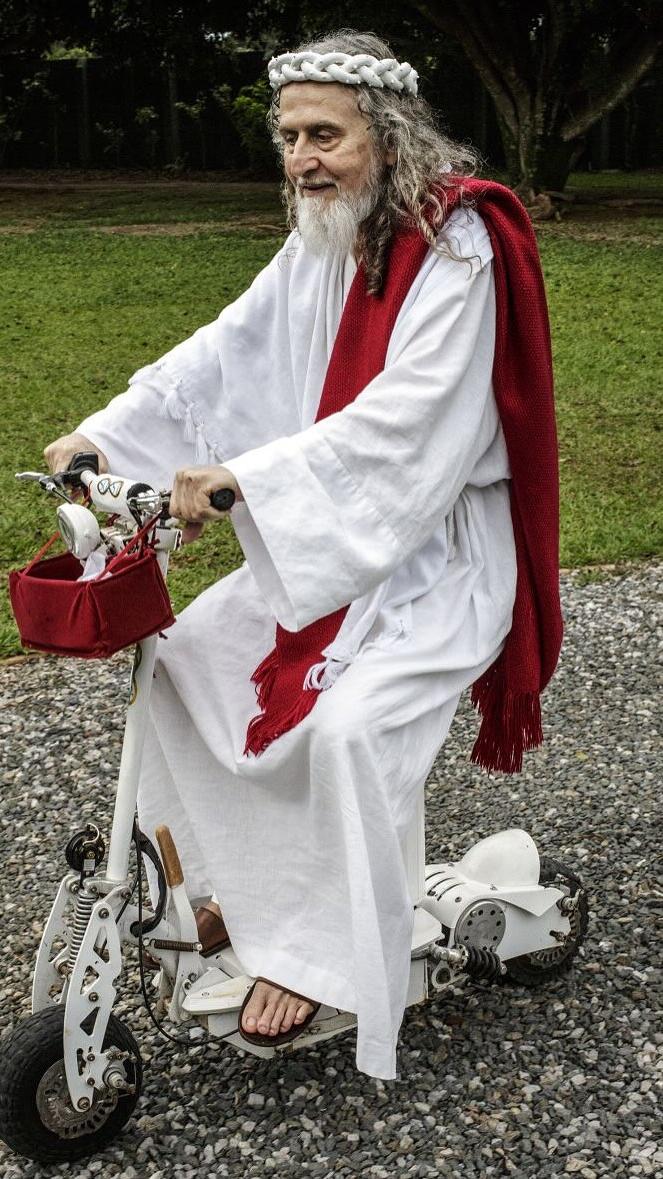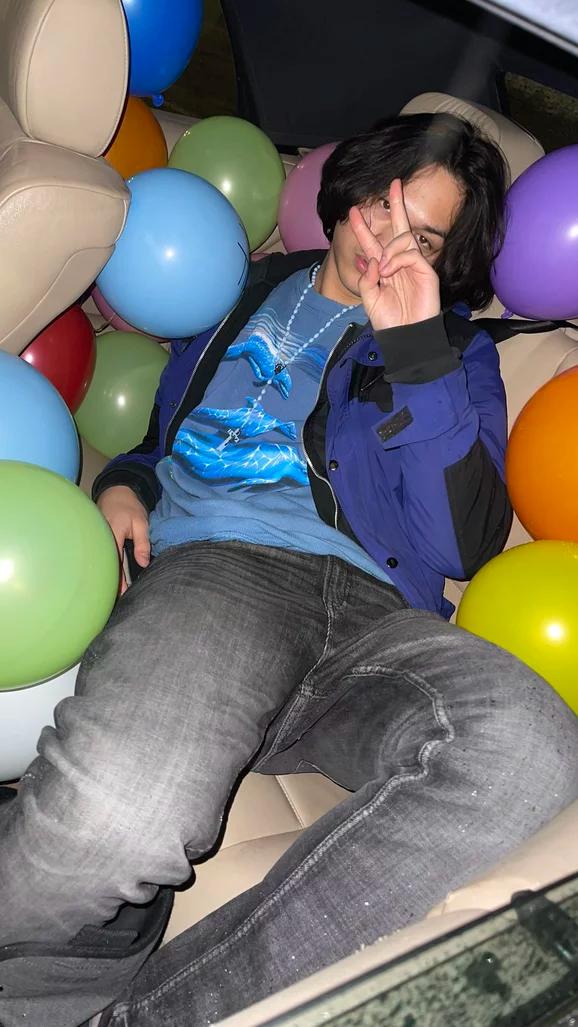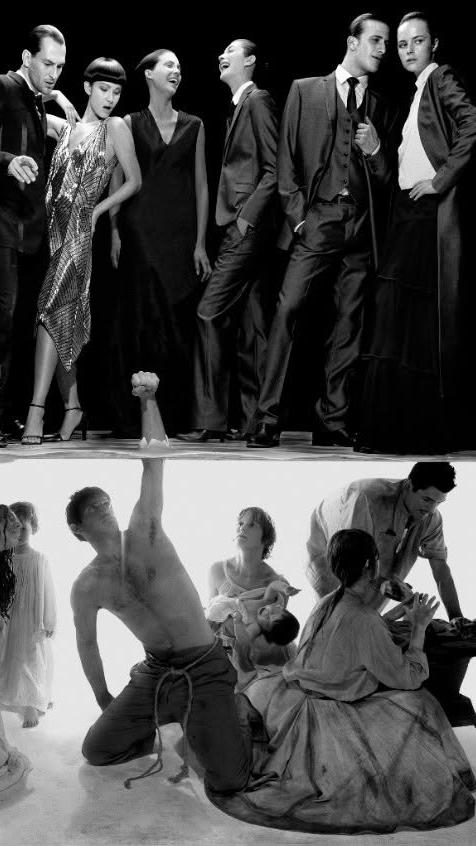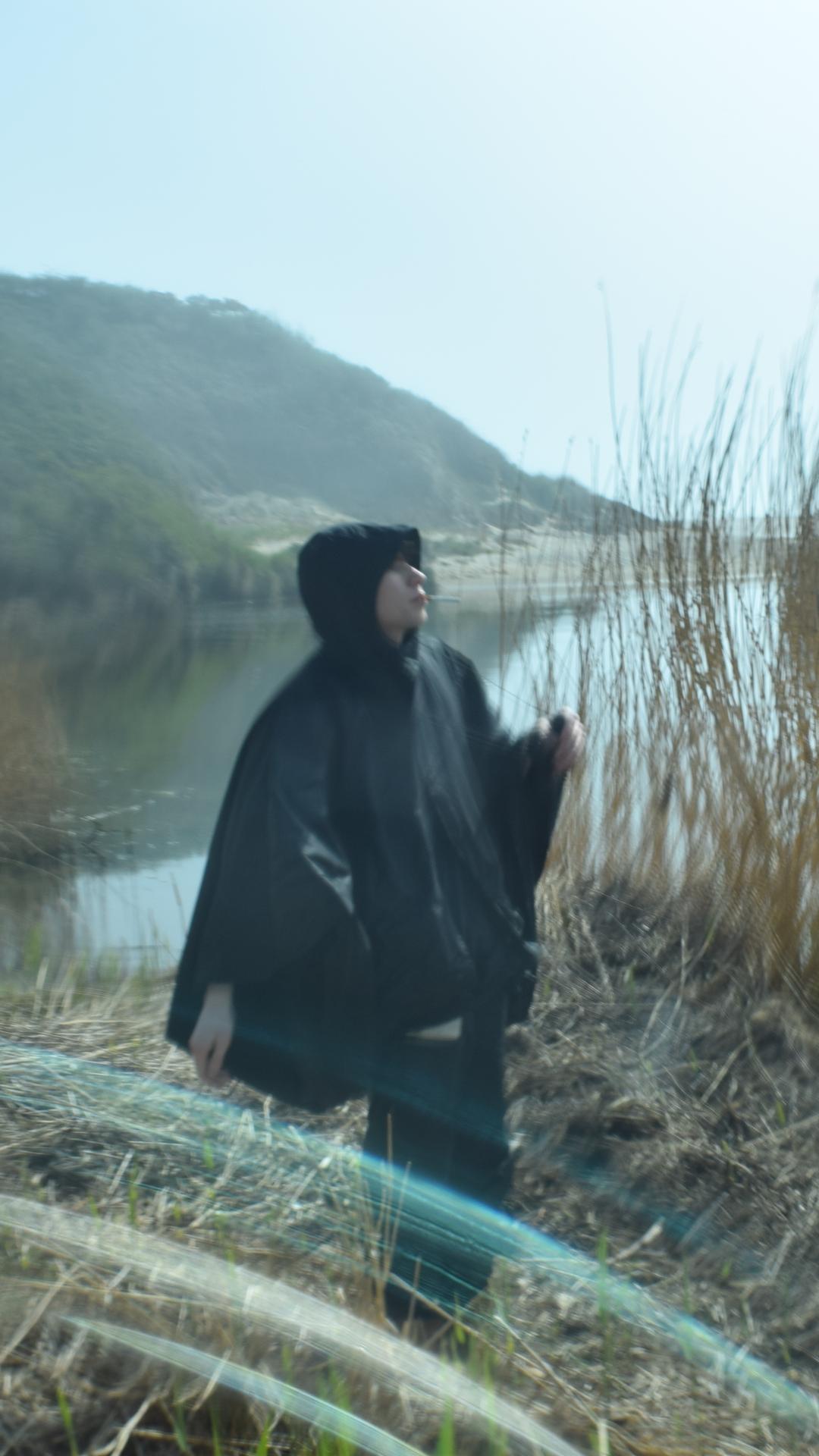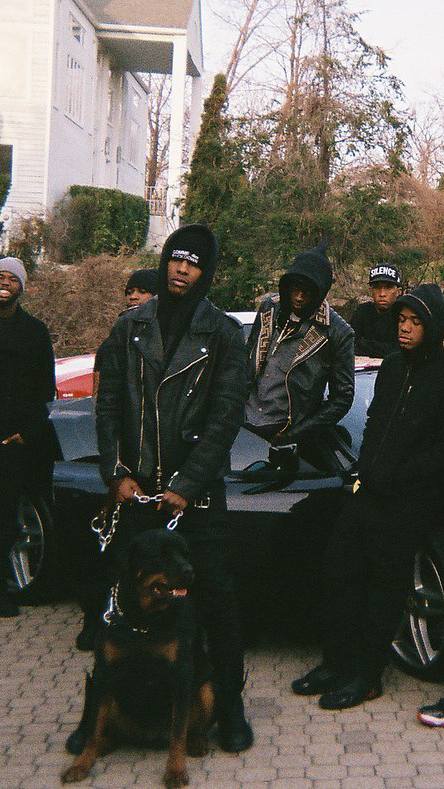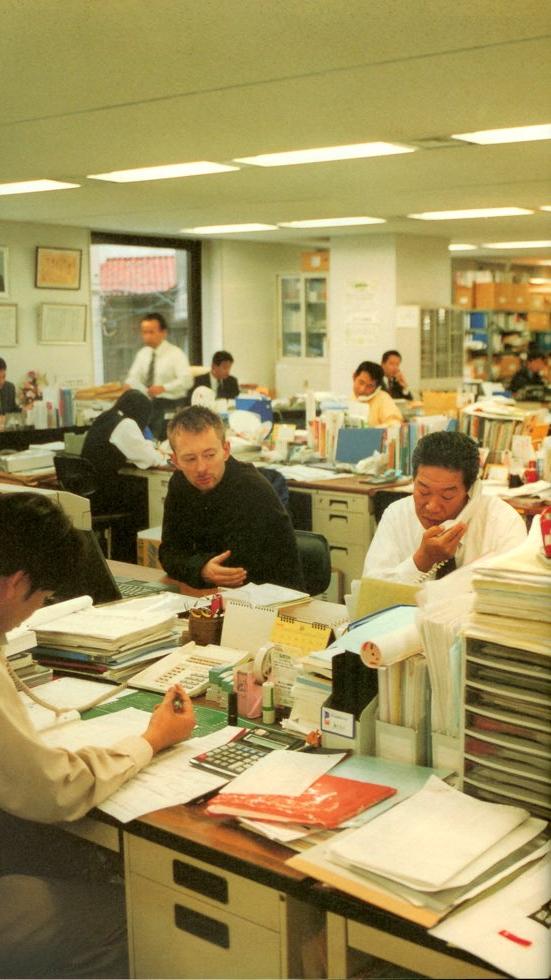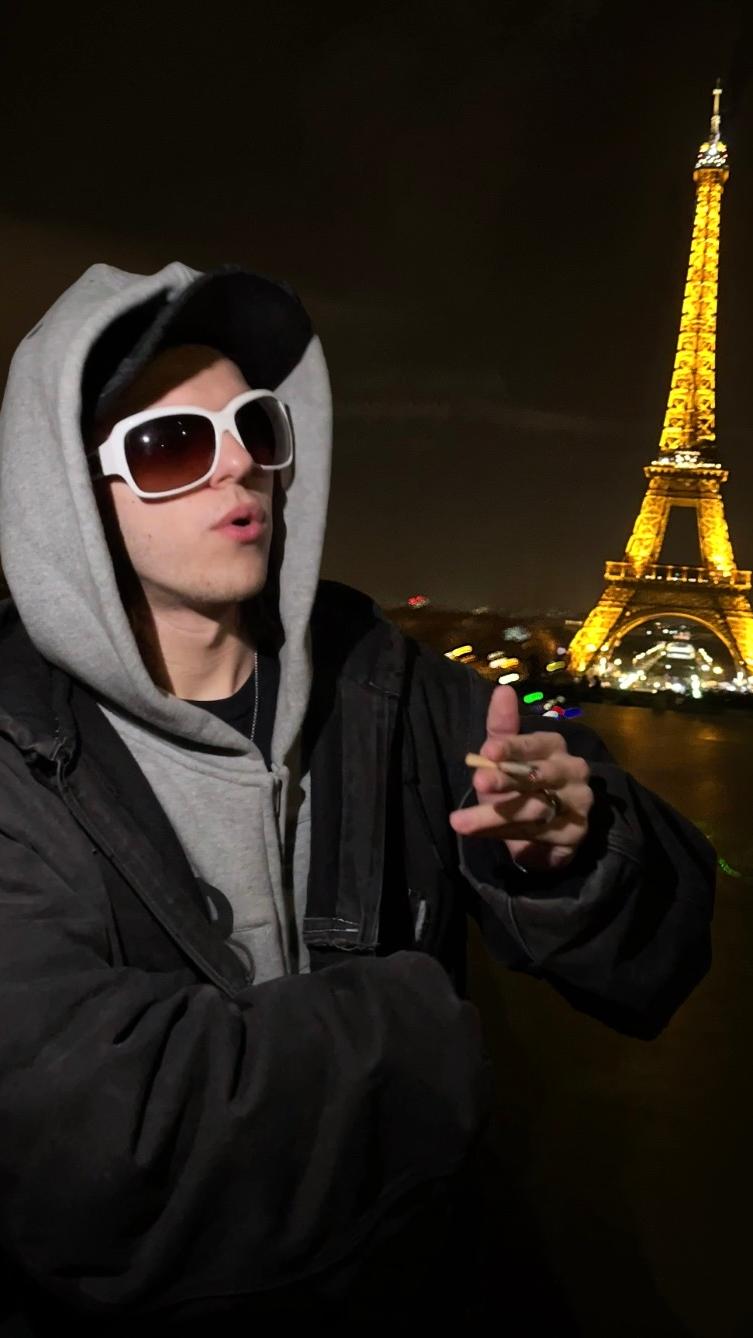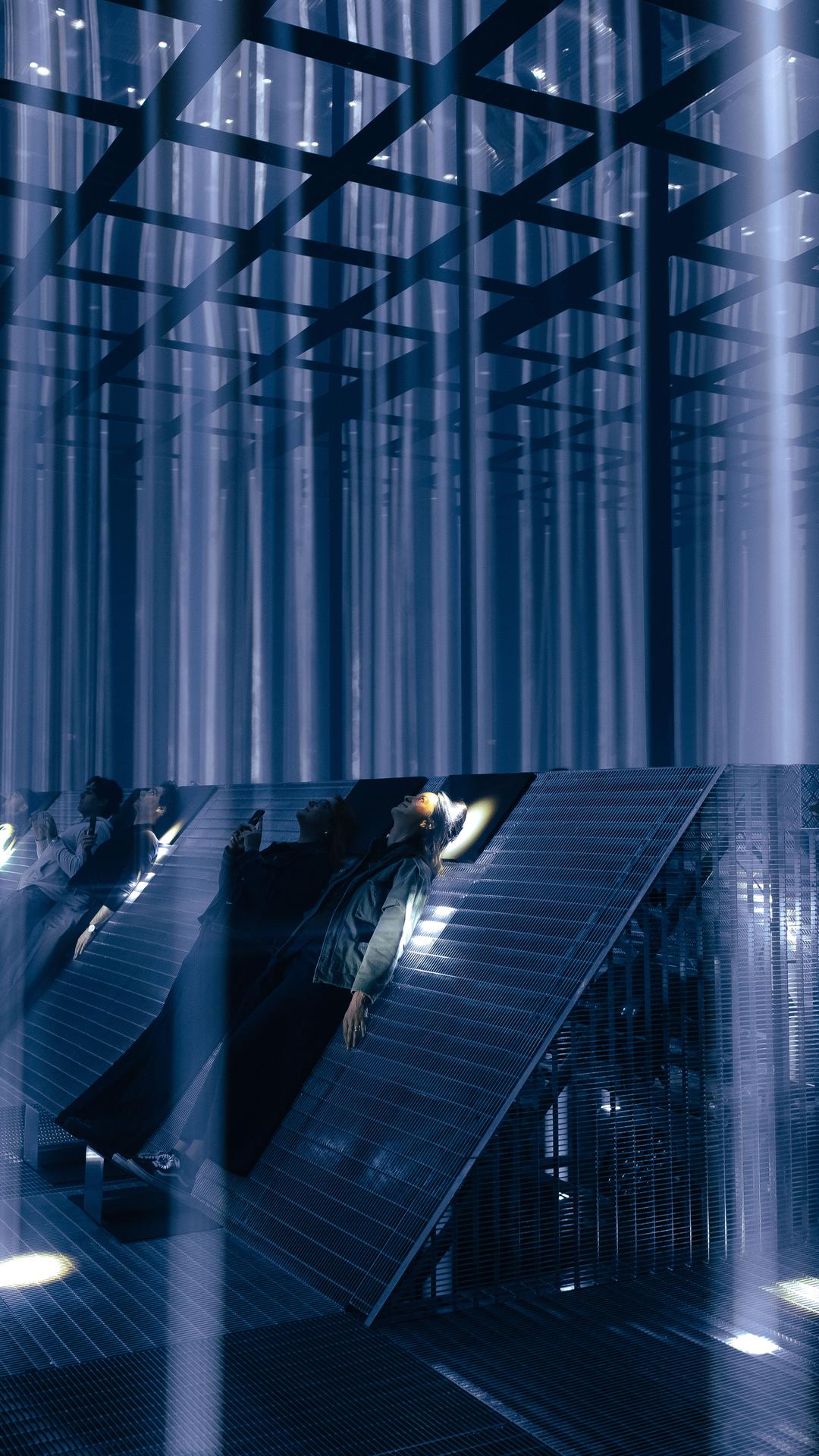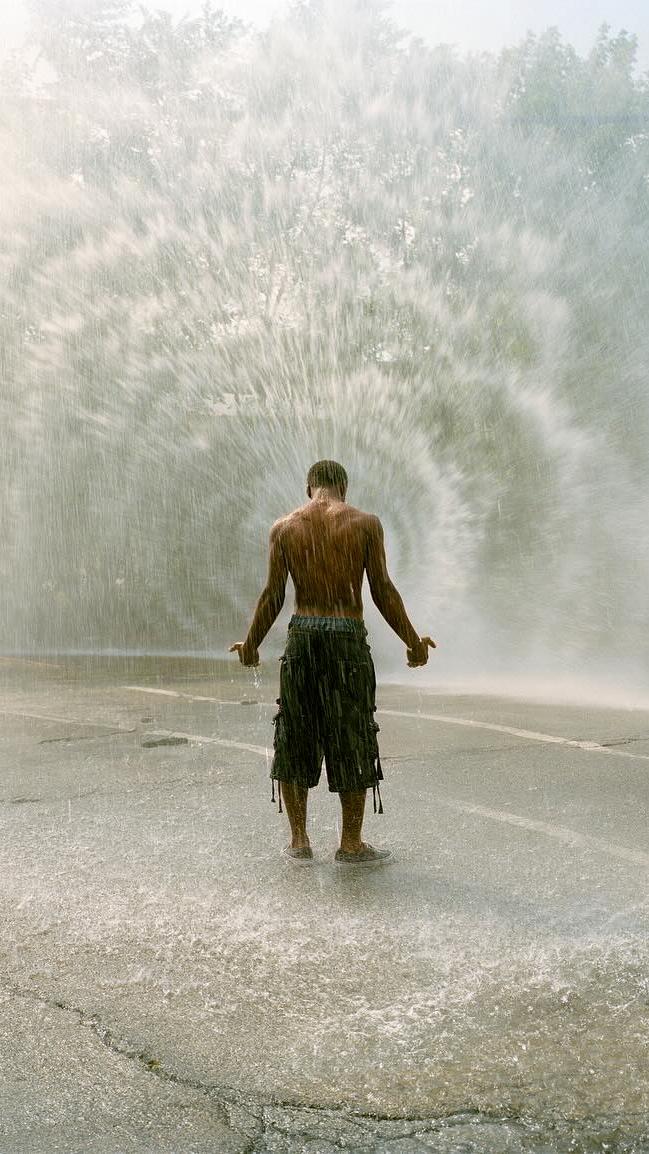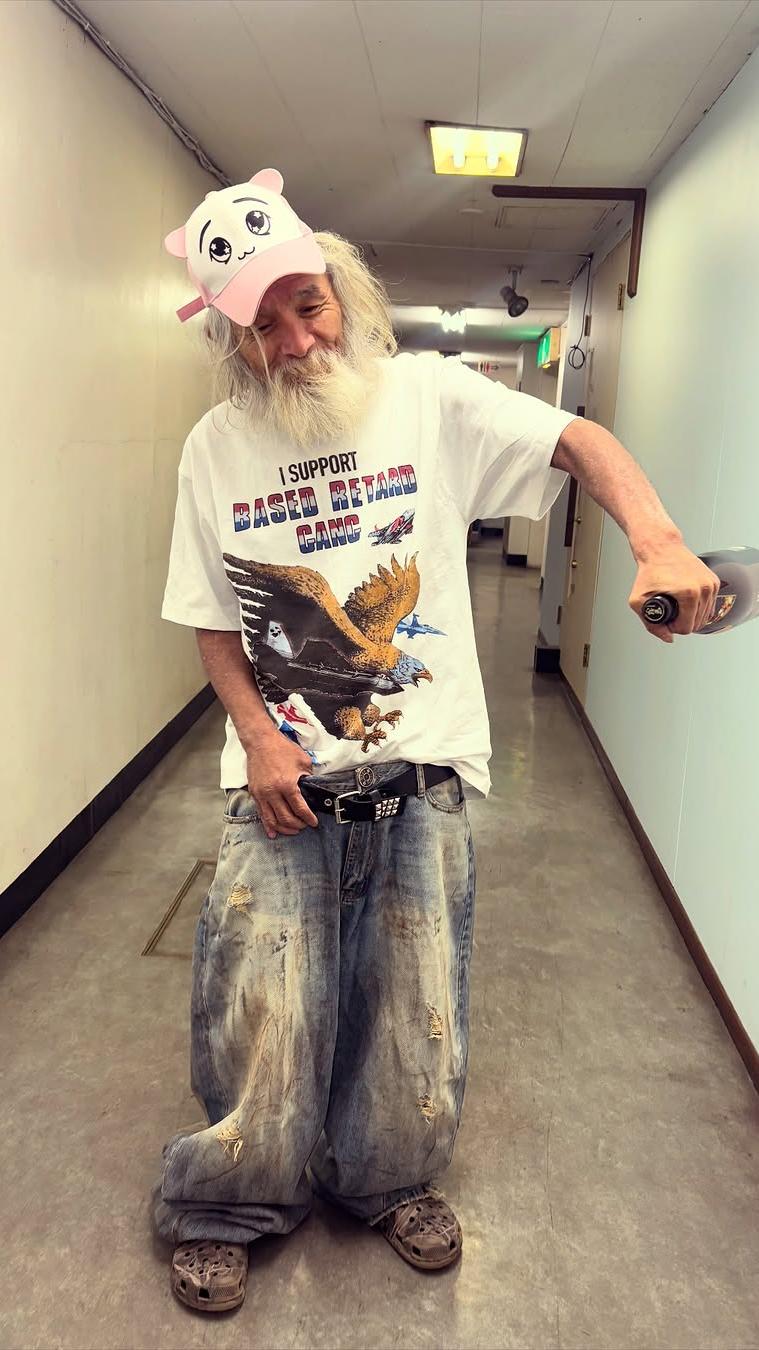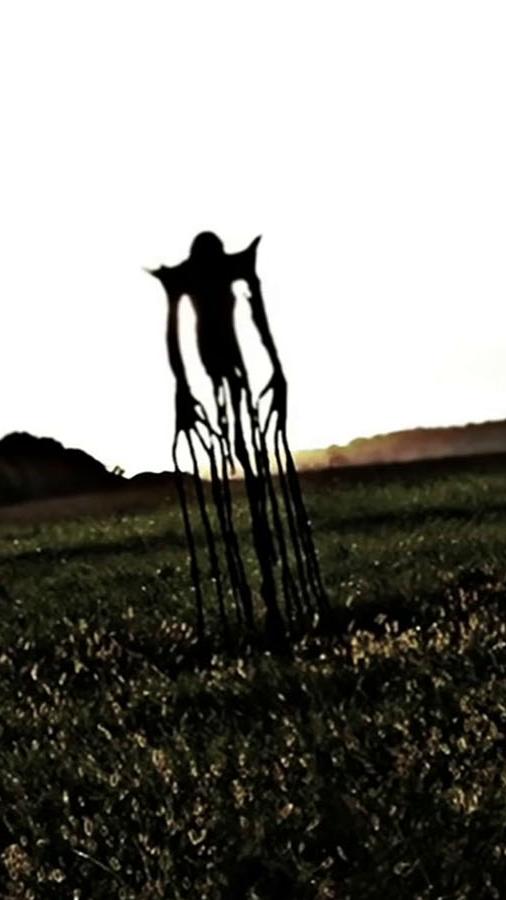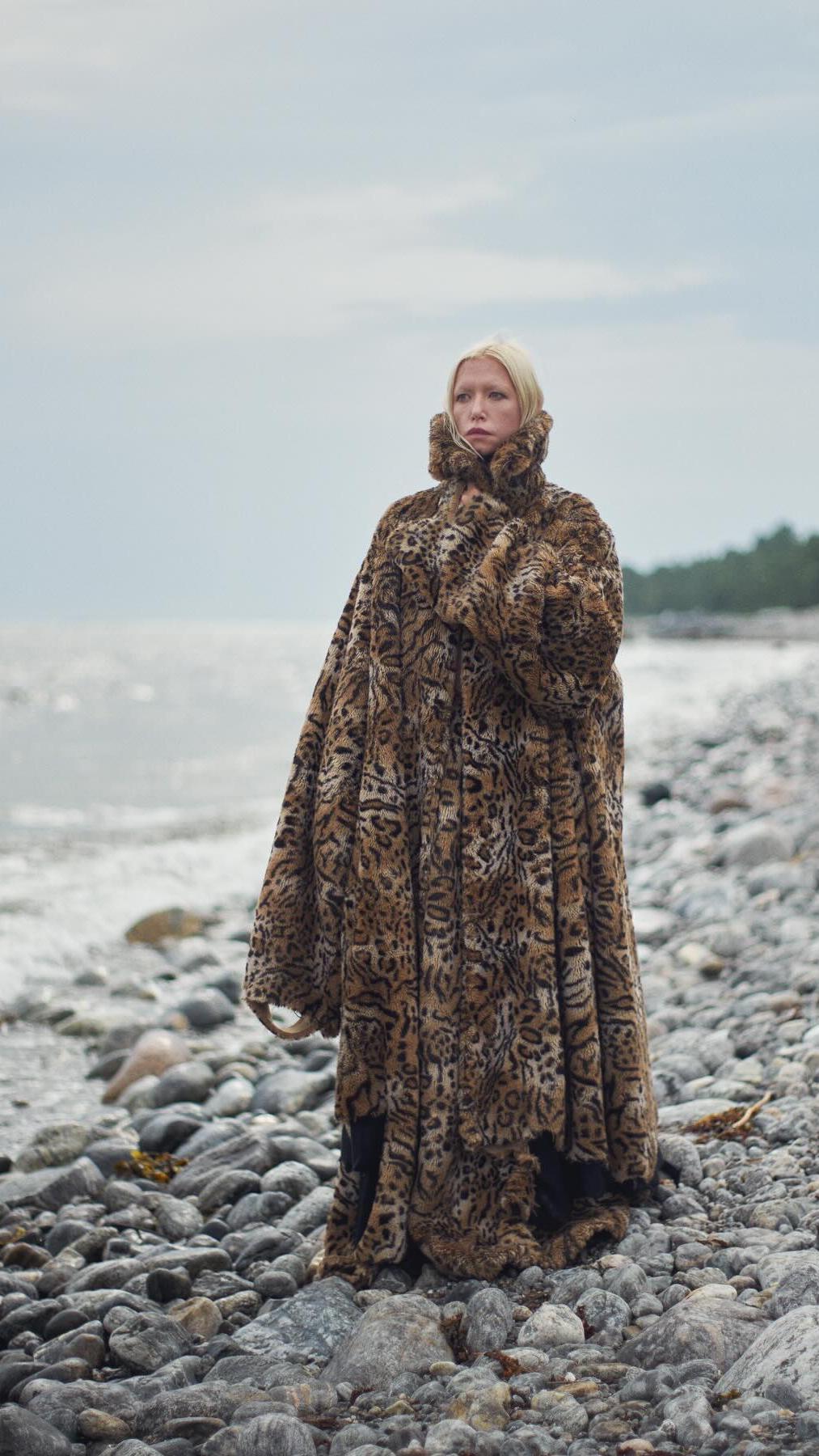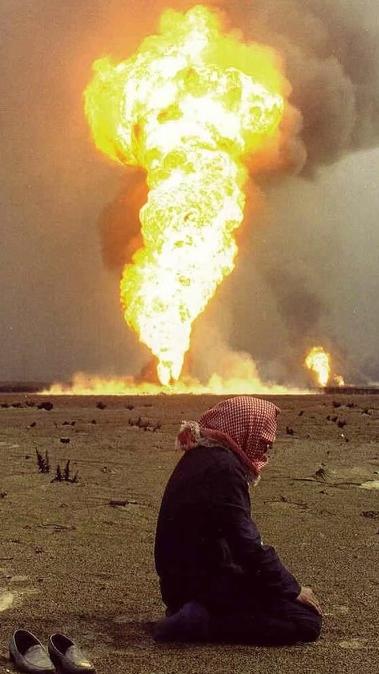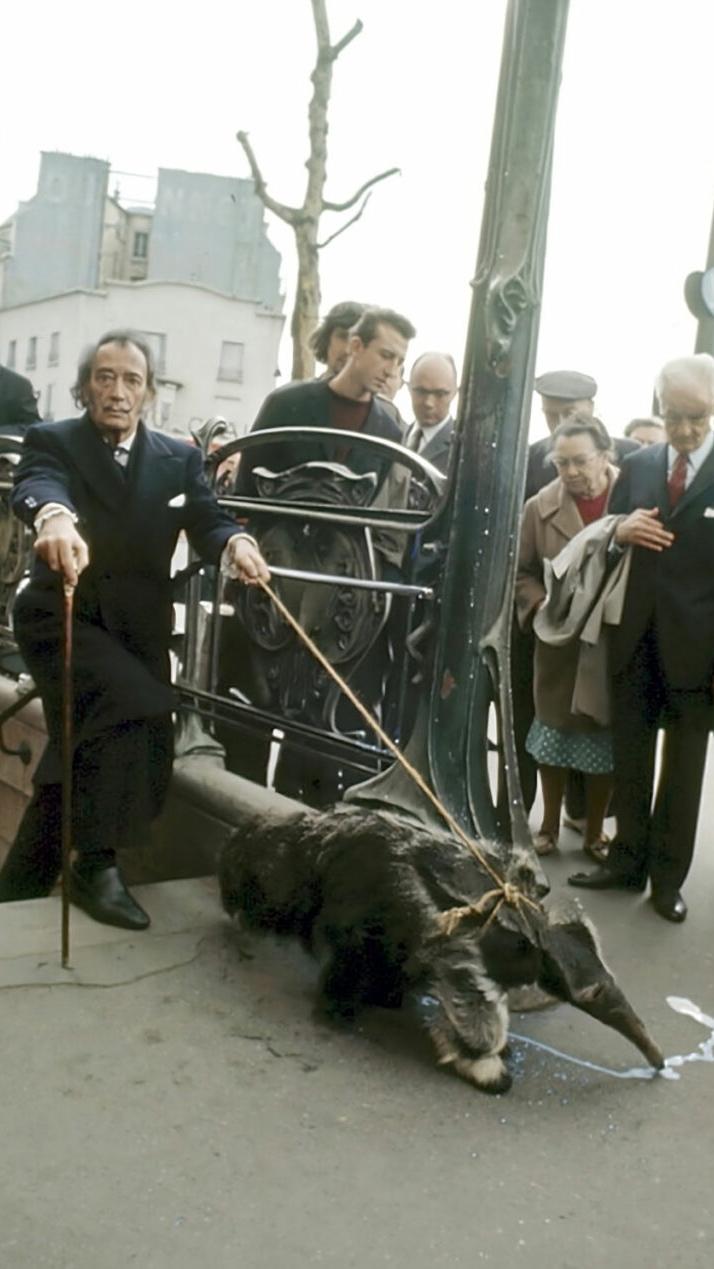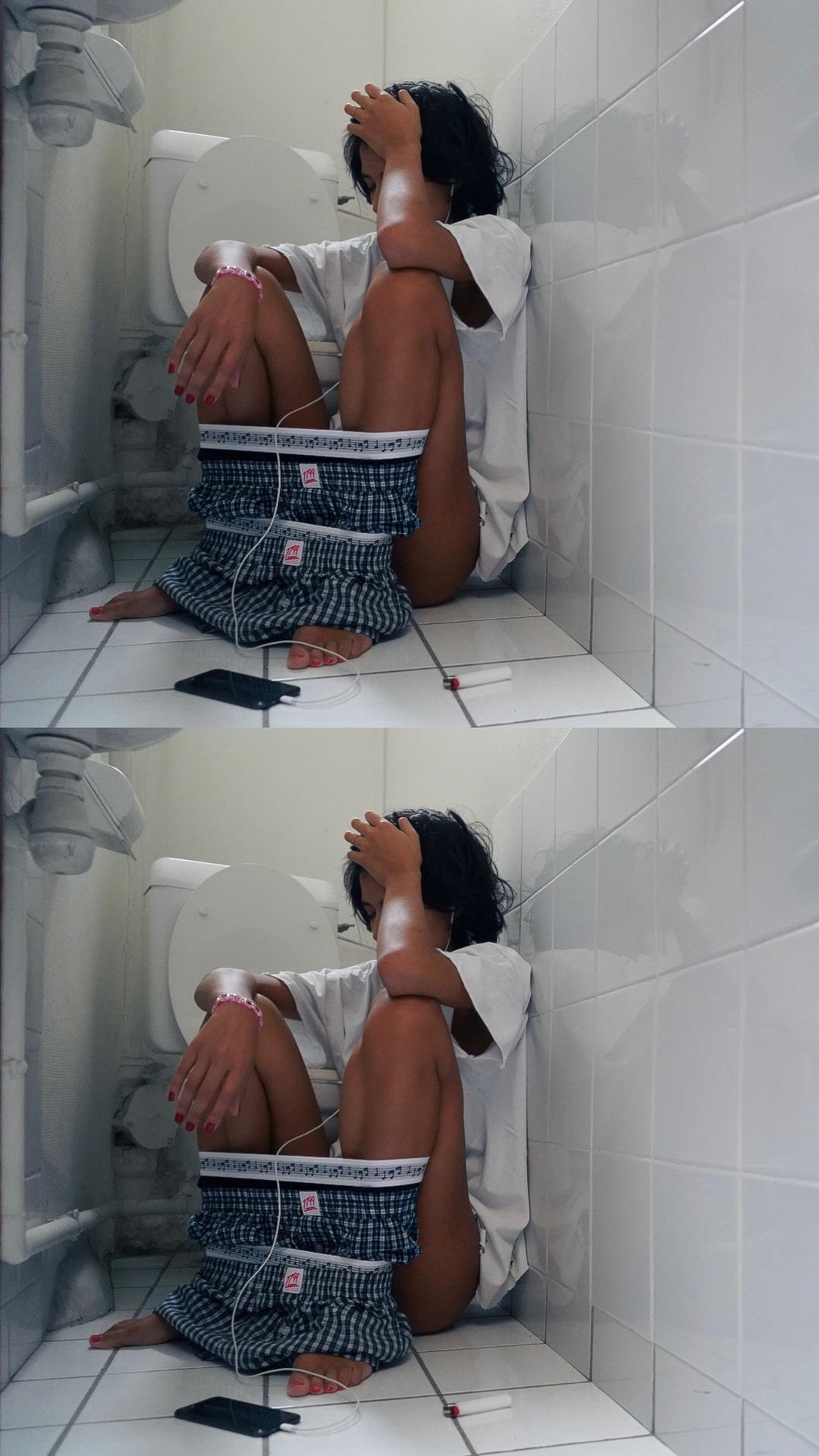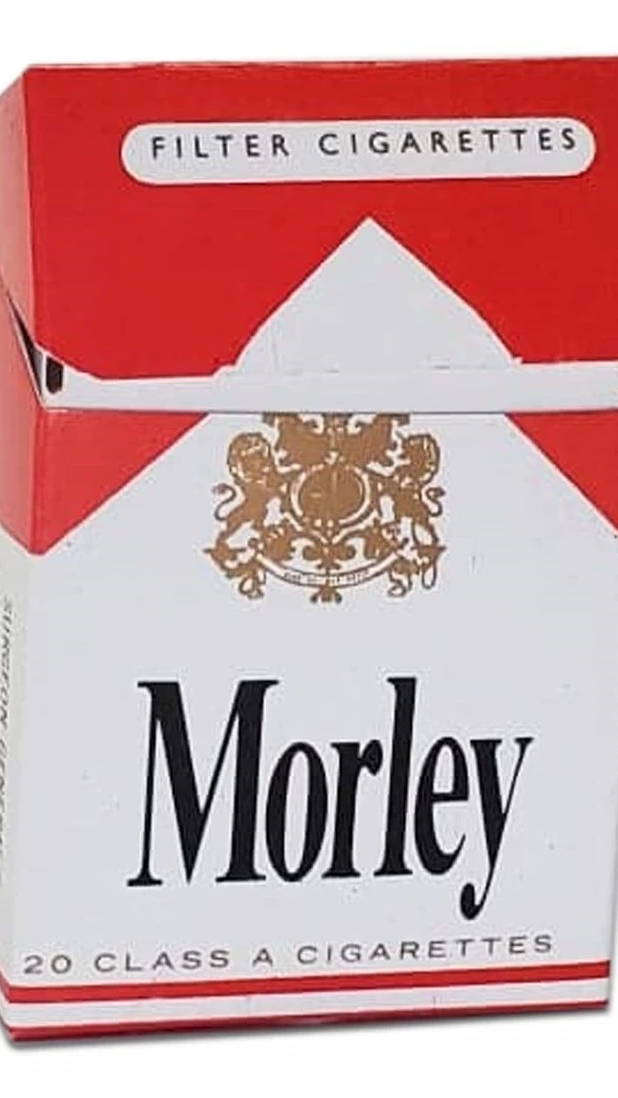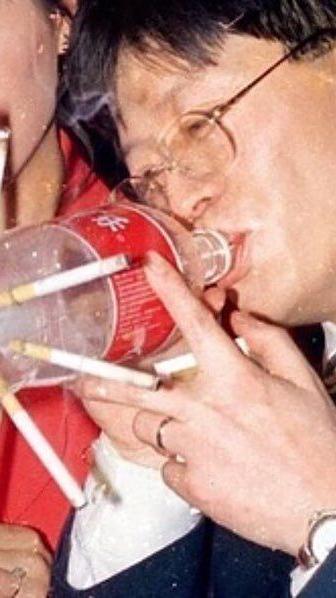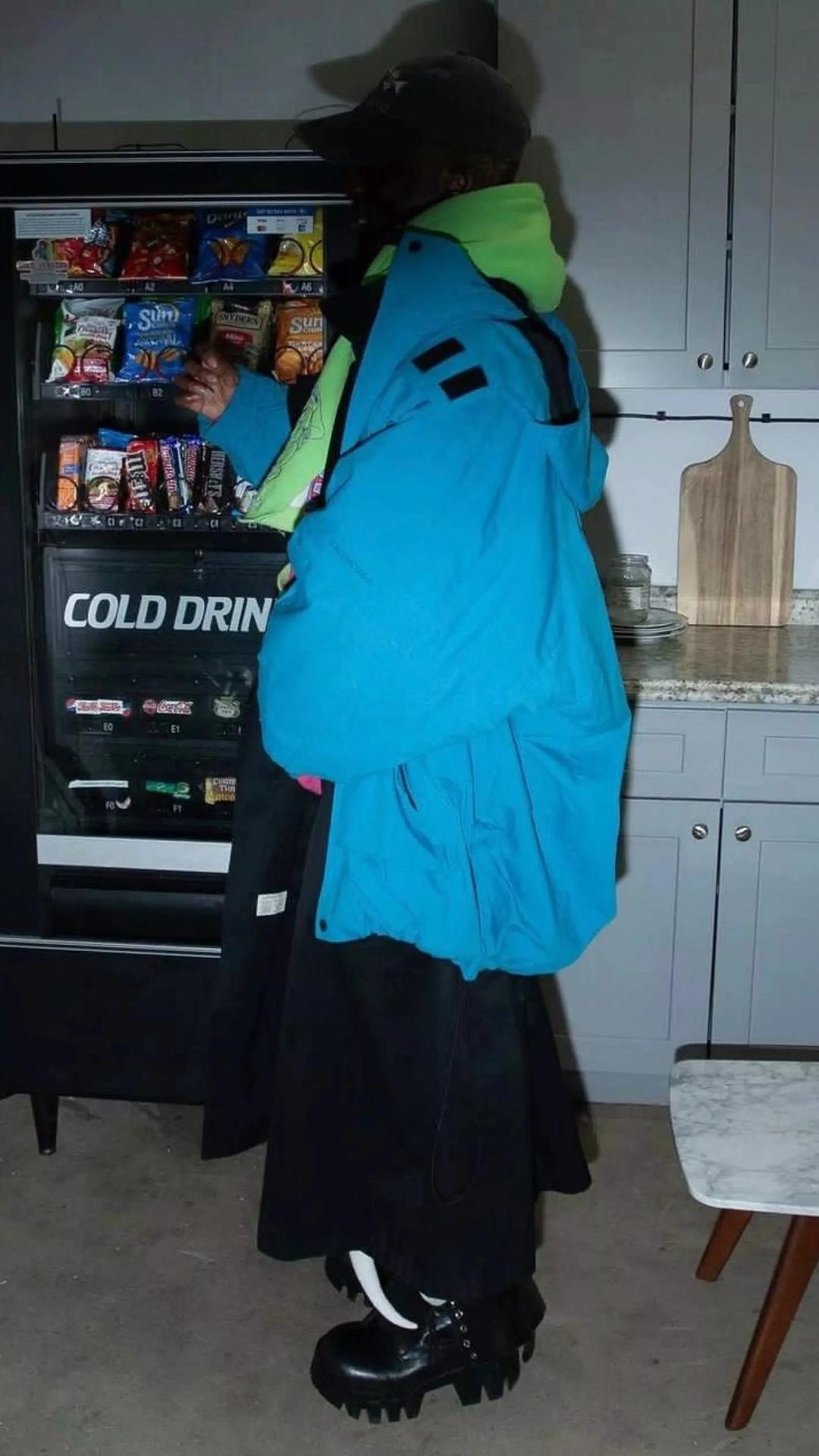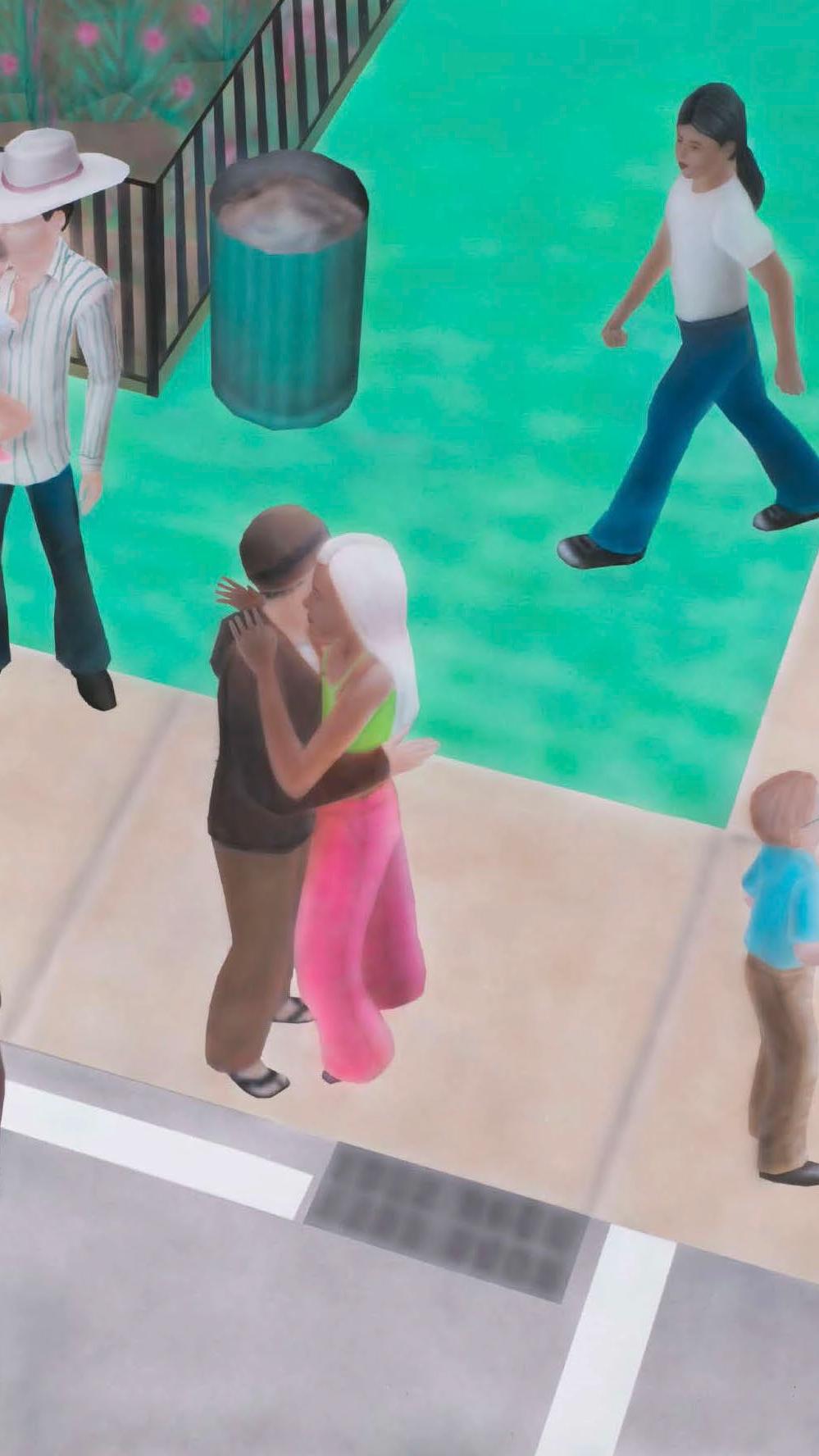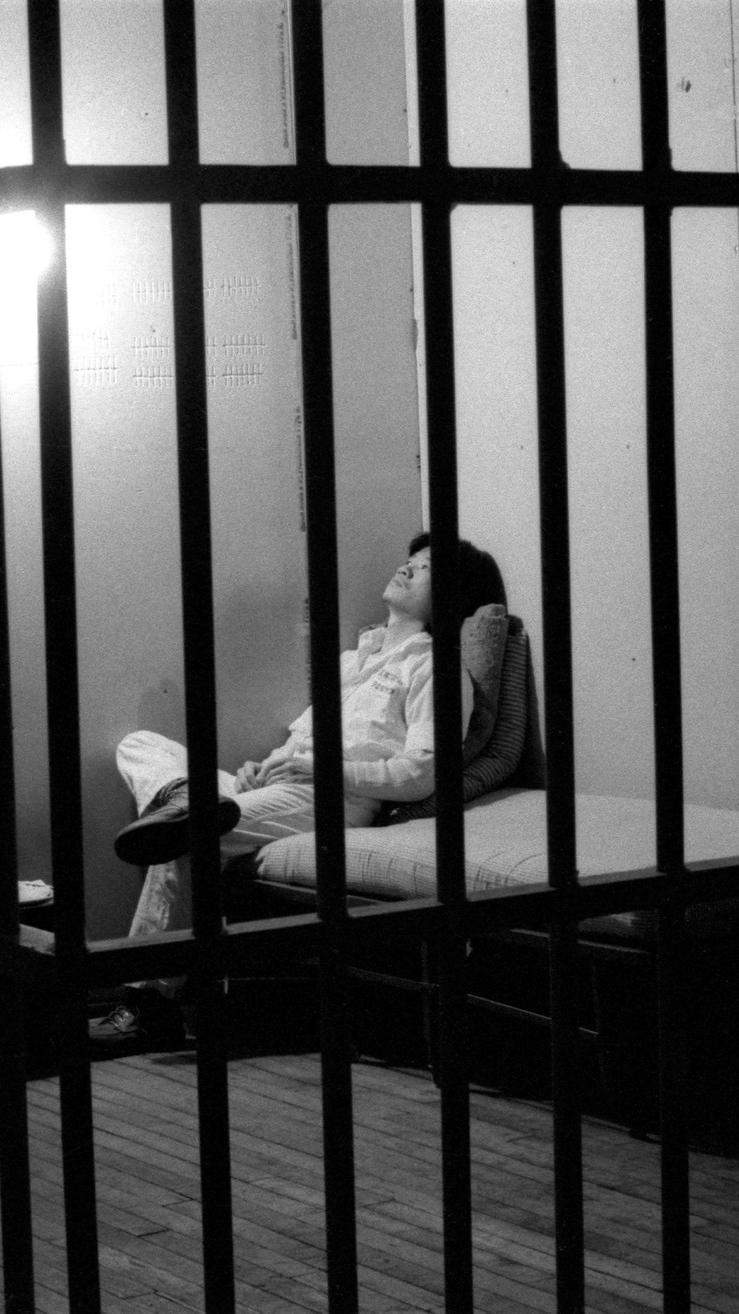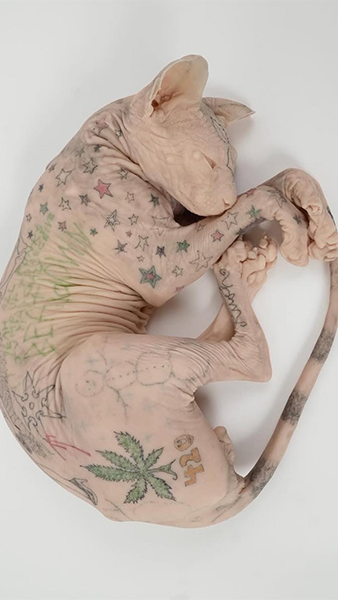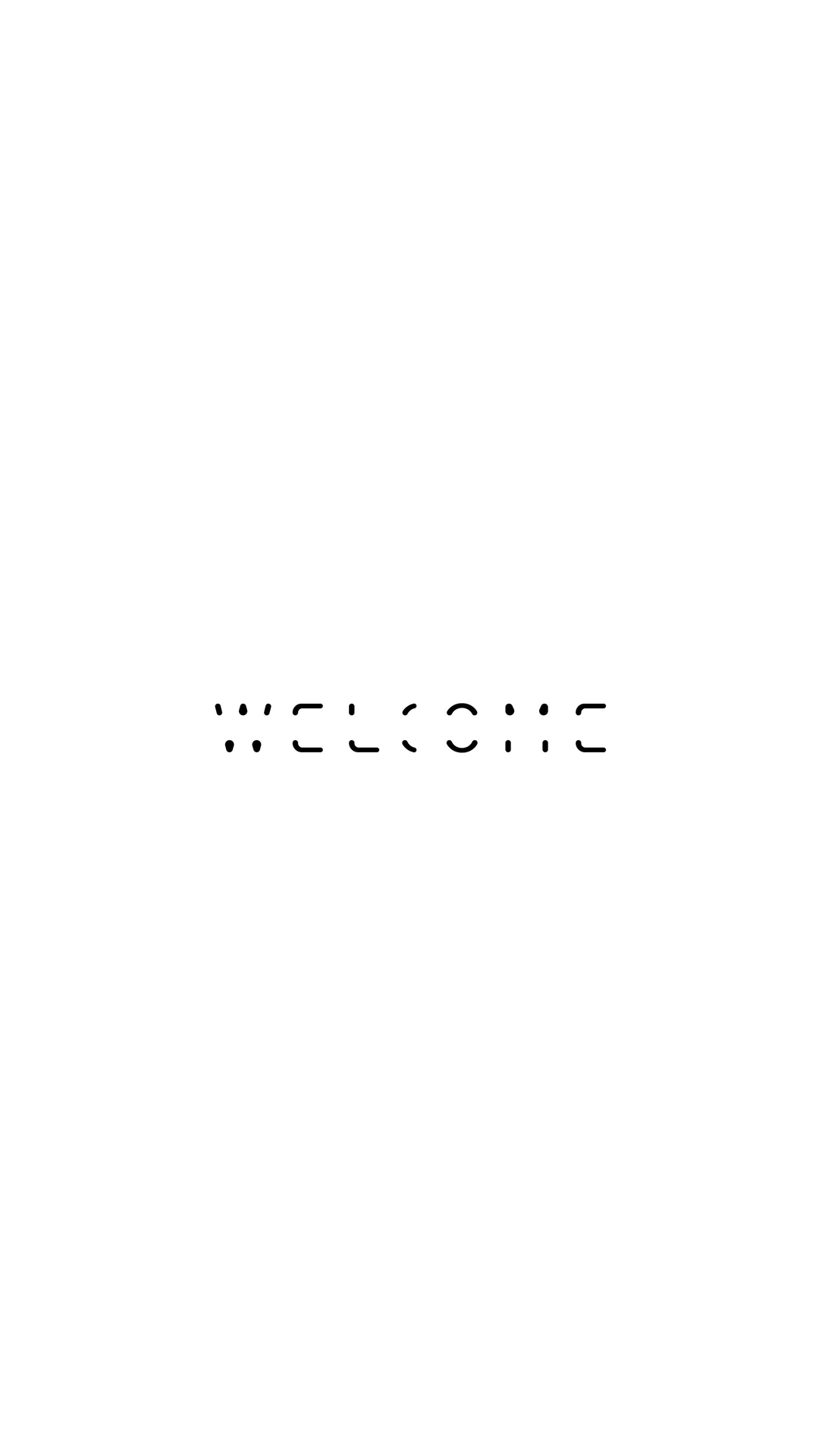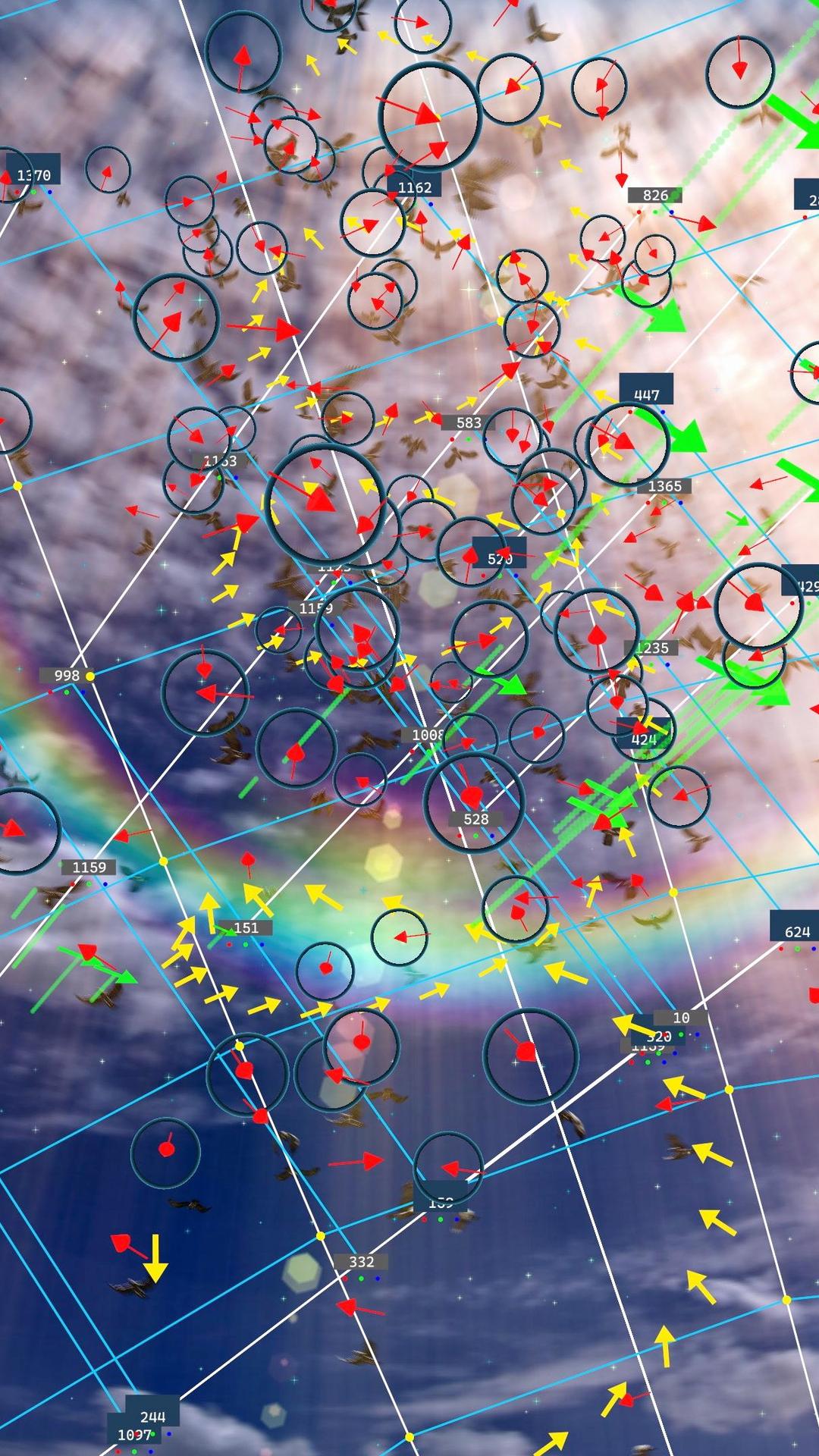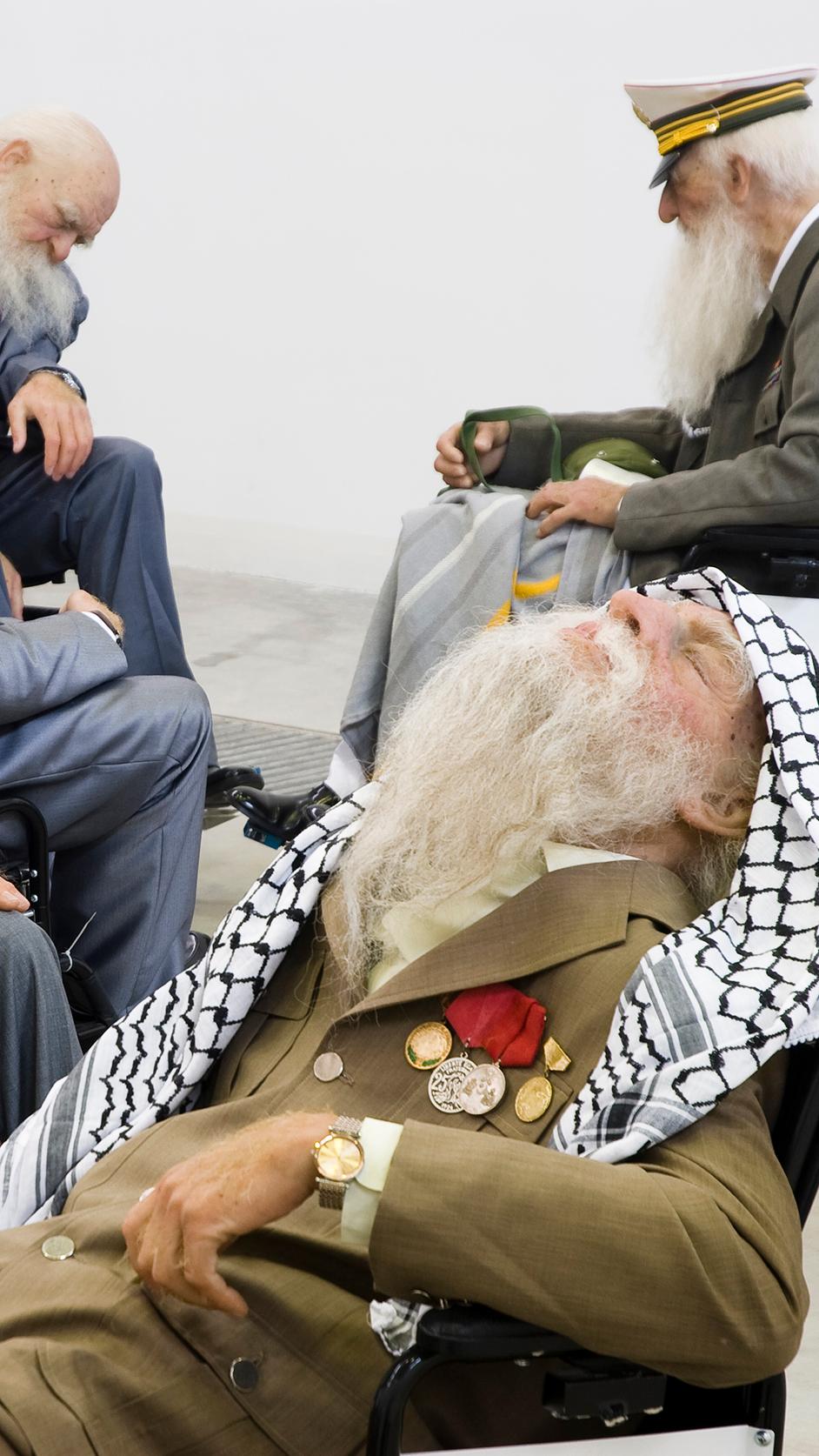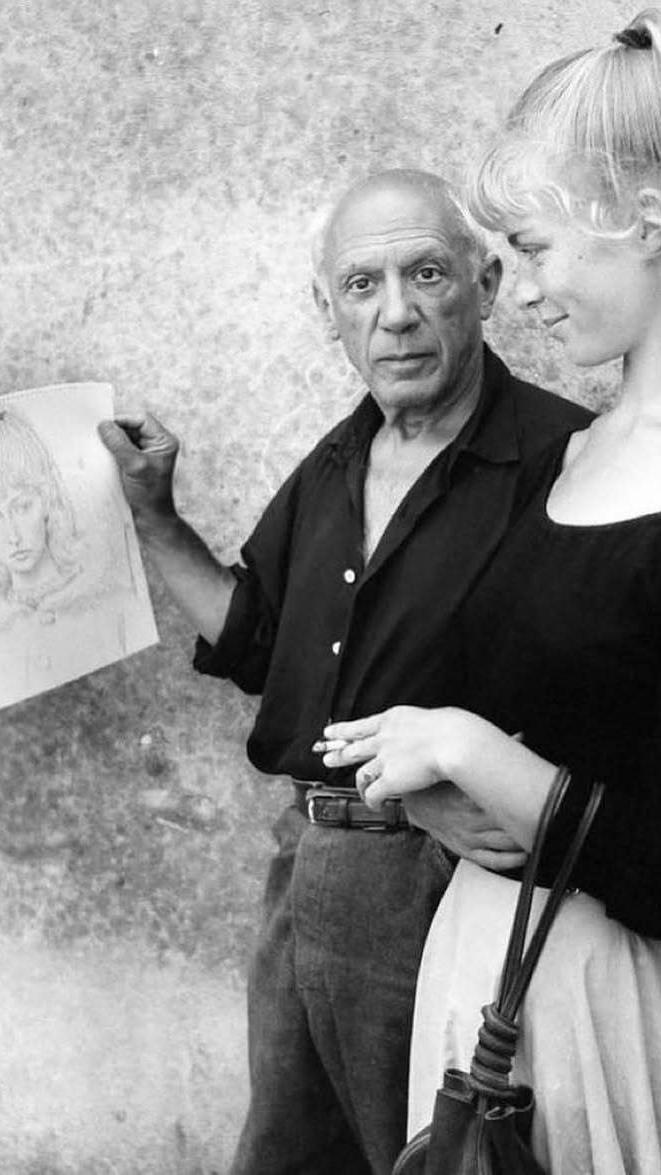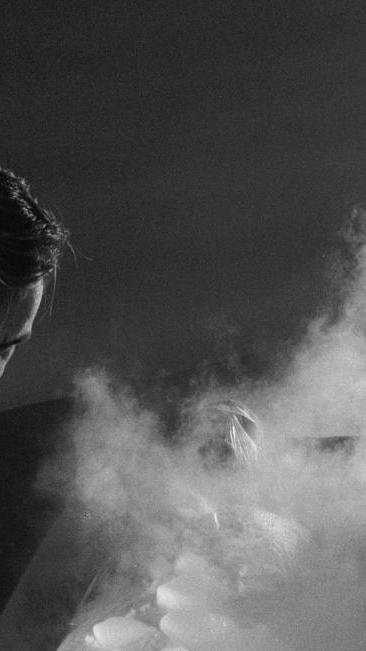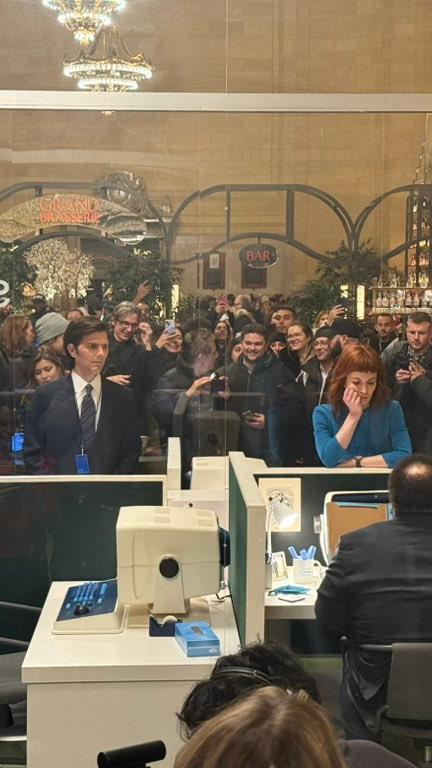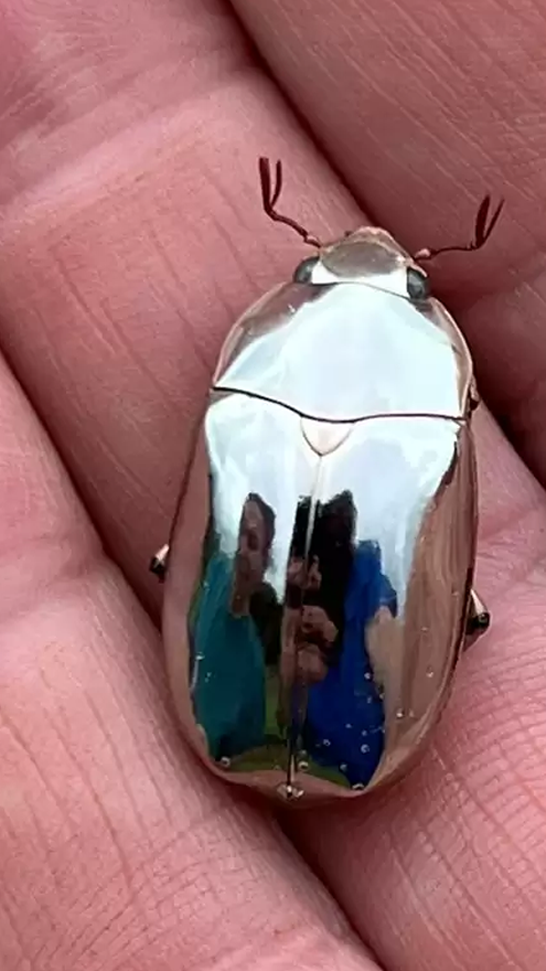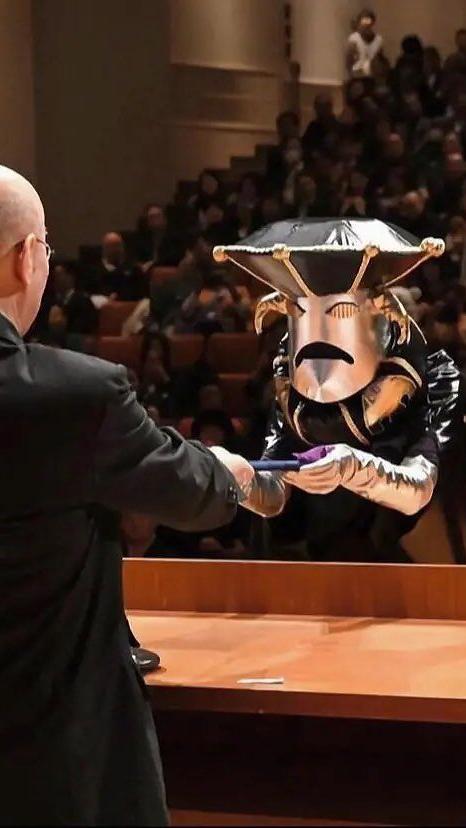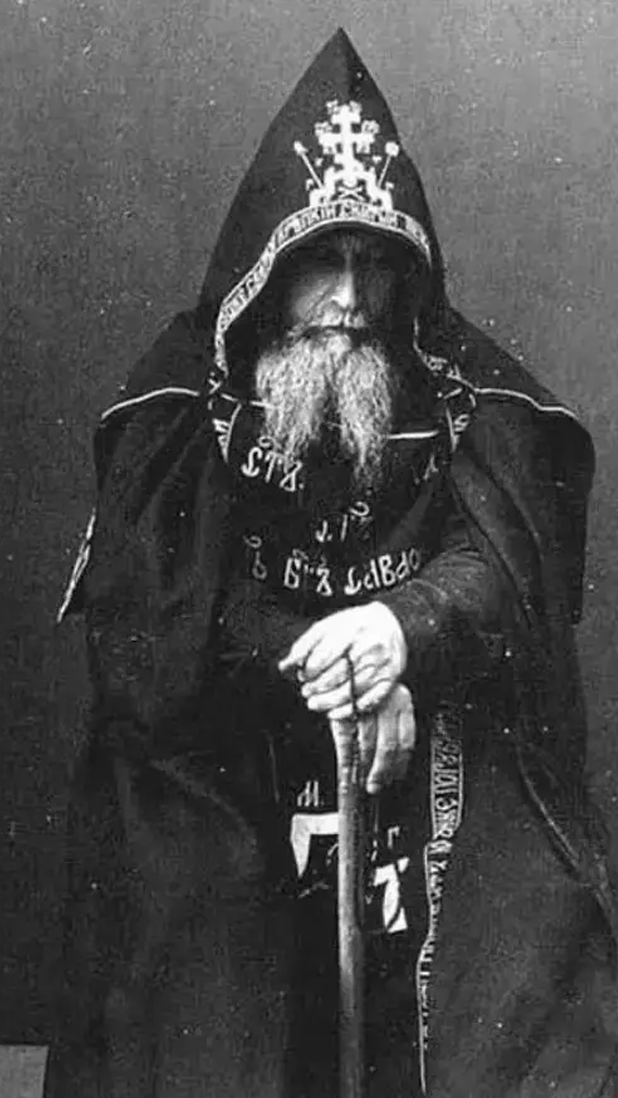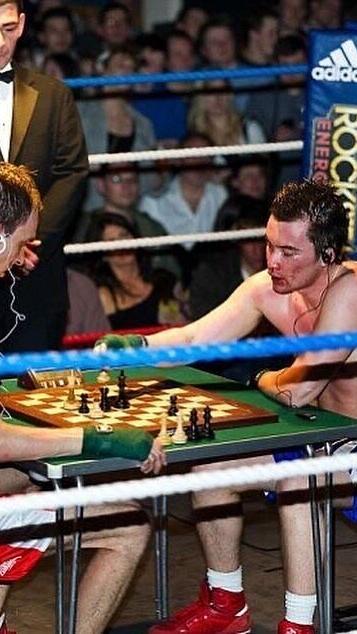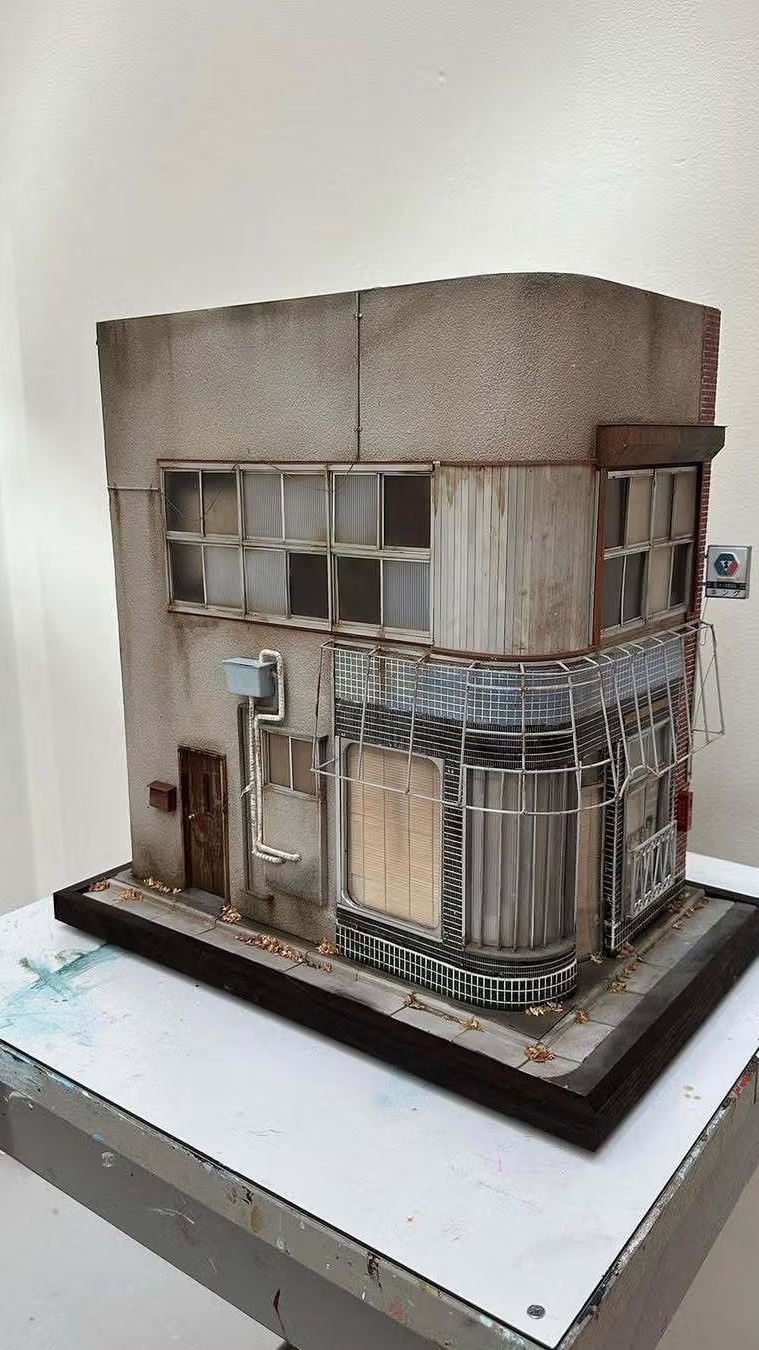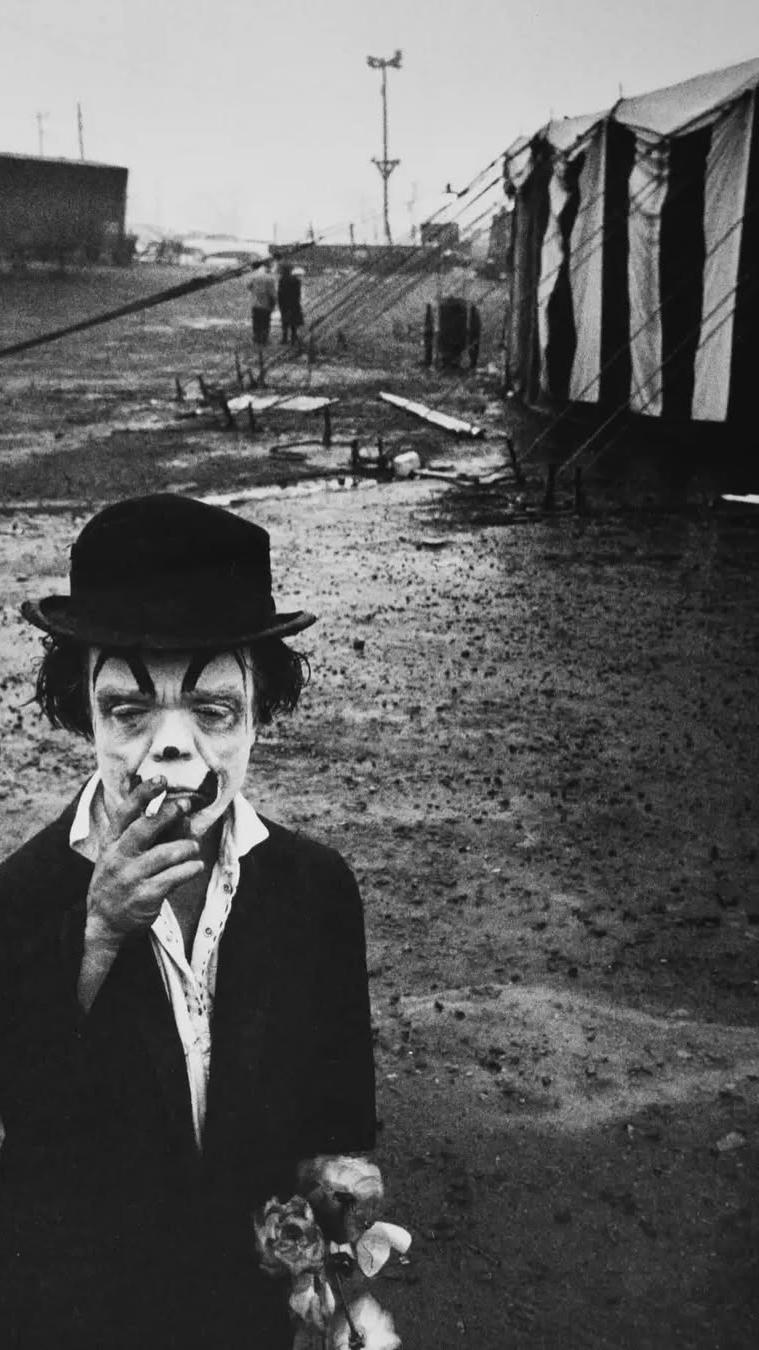The Story of Darko Maver
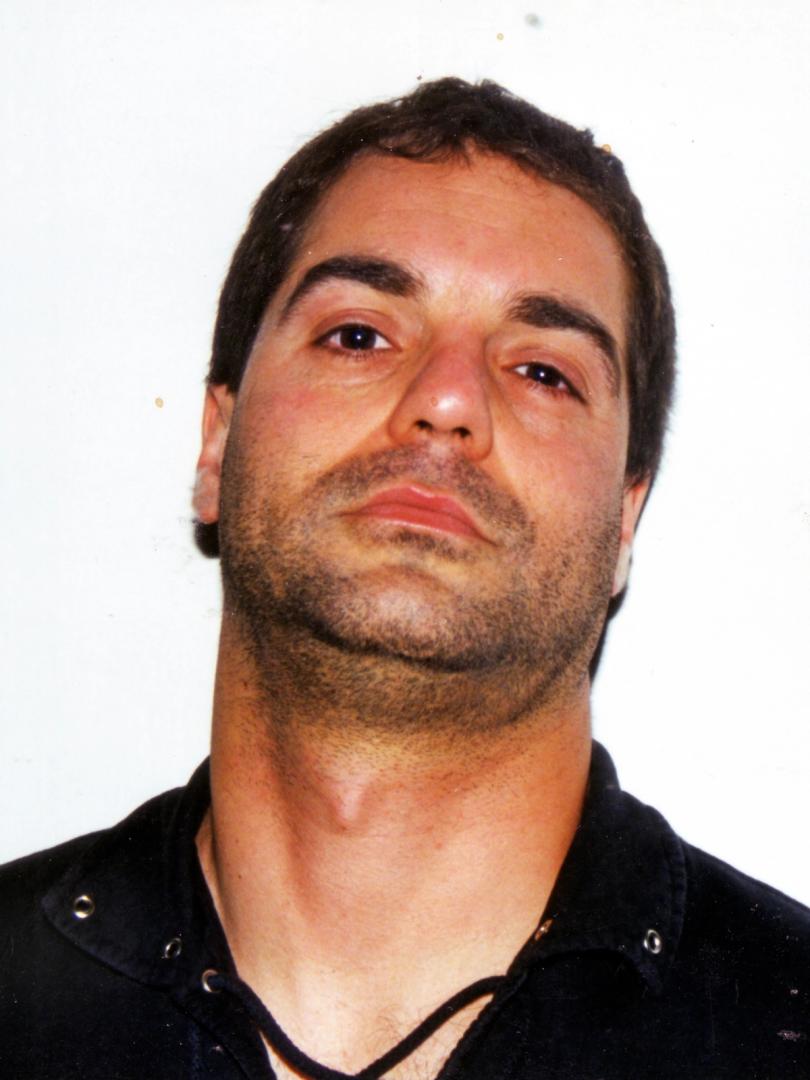
This article contains gruesome images. Discretion advised.
People often talk about ‘gaming’ the art world. Whether by grift or ruse, it's a commonly accepted idea that the market for art behaves like a system which can be hacked. Nothing exemplifies this idea better than Darko Maver.
![[object Object]](https://cdn.sanity.io/images/7hyzopih/production/a9c98b0b71d22d3b1c95d7623a4fd61a4fad4f65-260x194.jpg?auto=format&fit=max&q=75&w=130)
The artist, allegedly
Here’s the story: Darko Maver was a Yugoslavian artist working in the late 90s. His life was deeply impacted by the ongoing Yugoslav wars, a conflict which was also his art’s primary subject. Politically active as an anti-Milošević dissident, Maver was a critic of the war, and faced political persecution for expressing this point of view through his art.
![[object Object]](https://cdn.sanity.io/images/7hyzopih/production/12a98bedfcf6157c50d50ec2329d3cfd31a443bc-1024x768.jpg?auto=format&fit=max&q=75&rect=130,71,756,573&w=378)
Darko Maver (Deposition)
Maver’s art was sculptural. He crafted hyperrealistic puppets that resembled the remains of the war’s victims. He placed these puppets in abandoned buildings and photographed them there, then left them. The resemblance was so uncanny that whoever was unlucky enough to discover them was often quite shocked.
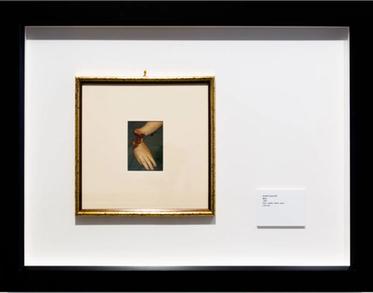
Darko Maver (Dead Hand) / 0100101110101101.org
As NATO involvement in the Yugoslav wars increased in the late 90s, Western audiences became more attuned to the conflict and Maver’s star naturally rose. He had gallery shows, conducted email interviews, and submitted his work to art festivals. Numerous rumors emerged during this time about the censorship of his work by the Yugoslavian authorities.
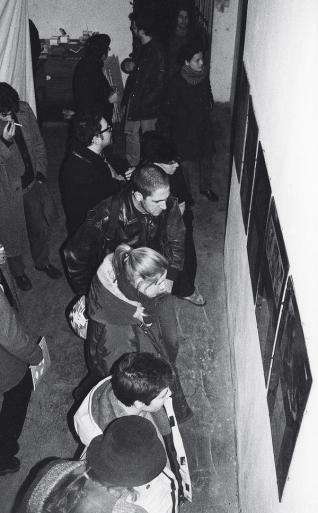
Darko Maver Censored Works, installation view, Bologna (1999)
Like so many radicals before him, eventually Maver’s voice was forcefully quieted. He was arrested by Yugoslavian authorities in 1999 on dubious pretenses. He was still in custody when, between March and June of that year, NATO conducted their extensive bombing campaign on Yugoslavia.
![[object Object]](https://cdn.sanity.io/images/7hyzopih/production/3d102109c579b6f317a5acaa25abac86dd3a9409-1024x661.jpg?auto=format&fit=max&q=75&w=512)
Maver's dead body, allegedly
Maver died in the bombing. Somehow, an image of his bloodied body was salvaged, as was a final suite of works he had managed to create while imprisoned. These works and others were shown in a string of posthumous shows celebrating the tragic artist, which culminated with a show at the 48th Venice Biennale.
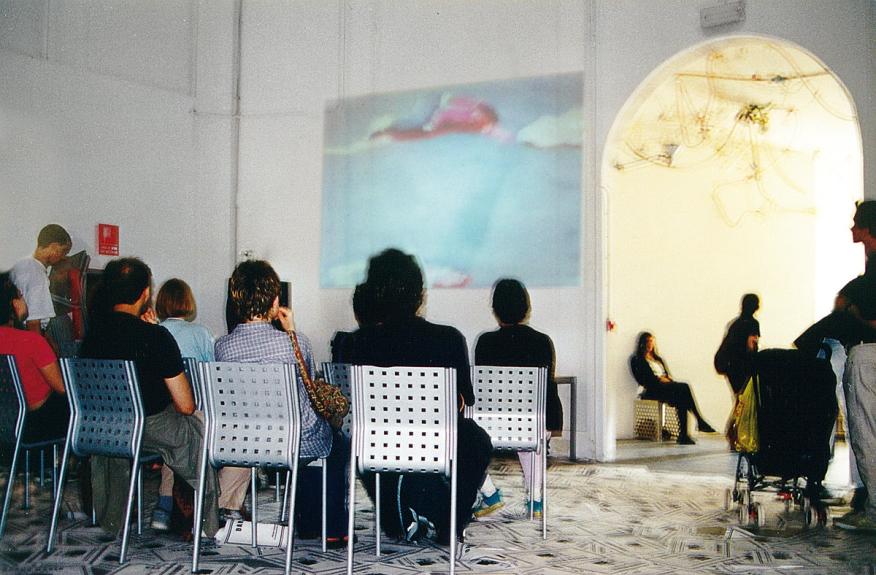
Installation view, Italian Pavilion, 48th Venice Biennale (1999)
After this prestigious showing, the art world was informed that Darko Maver was not real, had never existed. His ‘puppets’ were actually images of real atrocities, as was the photo of his death. Responsible for this elaborate ruse were Eva and Franco Mattes, an Italian artistic duo (and married couple) who work under the moniker ‘0100101110101101.org’. They had crafted the narrative of a rogue Eastern European artist, repackaged the images as art, submitted it to galleries, and all the rest.
![[object Object]](https://cdn.sanity.io/images/7hyzopih/production/91dd03982180191417f44dac59e7d51cb2fef9fd-1024x682.jpg?auto=format&fit=max&q=75&w=512)
Press for Darko Maver before and after his death
Eva and Franco Mattes were early innovators of what became known as ‘net art’. They are interested in the ways that changing technology alters the human experience, and saw Maver as a way to explore this question.
![[object Object]](https://cdn.sanity.io/images/7hyzopih/production/d131366ff74513f0bdcc7b9dbddc4e7ffc8c753f-1024x768.jpg?auto=format&fit=max&q=75&rect=134,70,752,579&w=376)
Darko Maver (Fresh Flesh)
Technology is certainly one element of the Maver piece. The deception was made possible by new digital platforms: interviews could be conducted remotely, his work could spread online, and the artists could source all the images they needed on the internet. Maver was an exercise in myth-making using new media.
![[object Object]](https://cdn.sanity.io/images/7hyzopih/production/cd671b4cb07b0541920a854f9aa19527e238bd6b-1024x768.jpg?auto=format&fit=max&q=75&rect=146,72,742,583&w=371)
Darko Maver (Skinned Rembrandt)
But Darko Maver was also an indictment of the art world and Western hypocrisy, voyeurism, and susceptibility to simplistic hero narratives. Maver was framed as an ‘outlaw genius.’ His suffering was his allure. The real suffering of others went from tragedy to commentary by a slight switch of content; Western audiences that would have been scandalized by the photographs under normal circumstances accepted them with open arms when they were framed as political commentary.
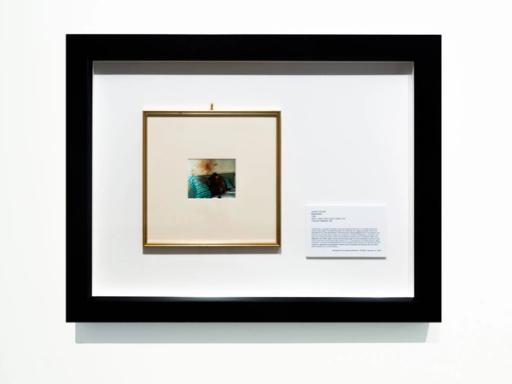
Darko Maver (Ecce Homo)
Today the Western world watches atrocity unfold on our screens. Narratives about these conflicts are crafted through the media, often without robust fact-checking. Death and suffering are conscripted into narratives that often serve an ulterior motive, whether political, financial, or personal. Darko Maver is a reminder that the art world can all too easily sink to this same level of disembodiment.
-


